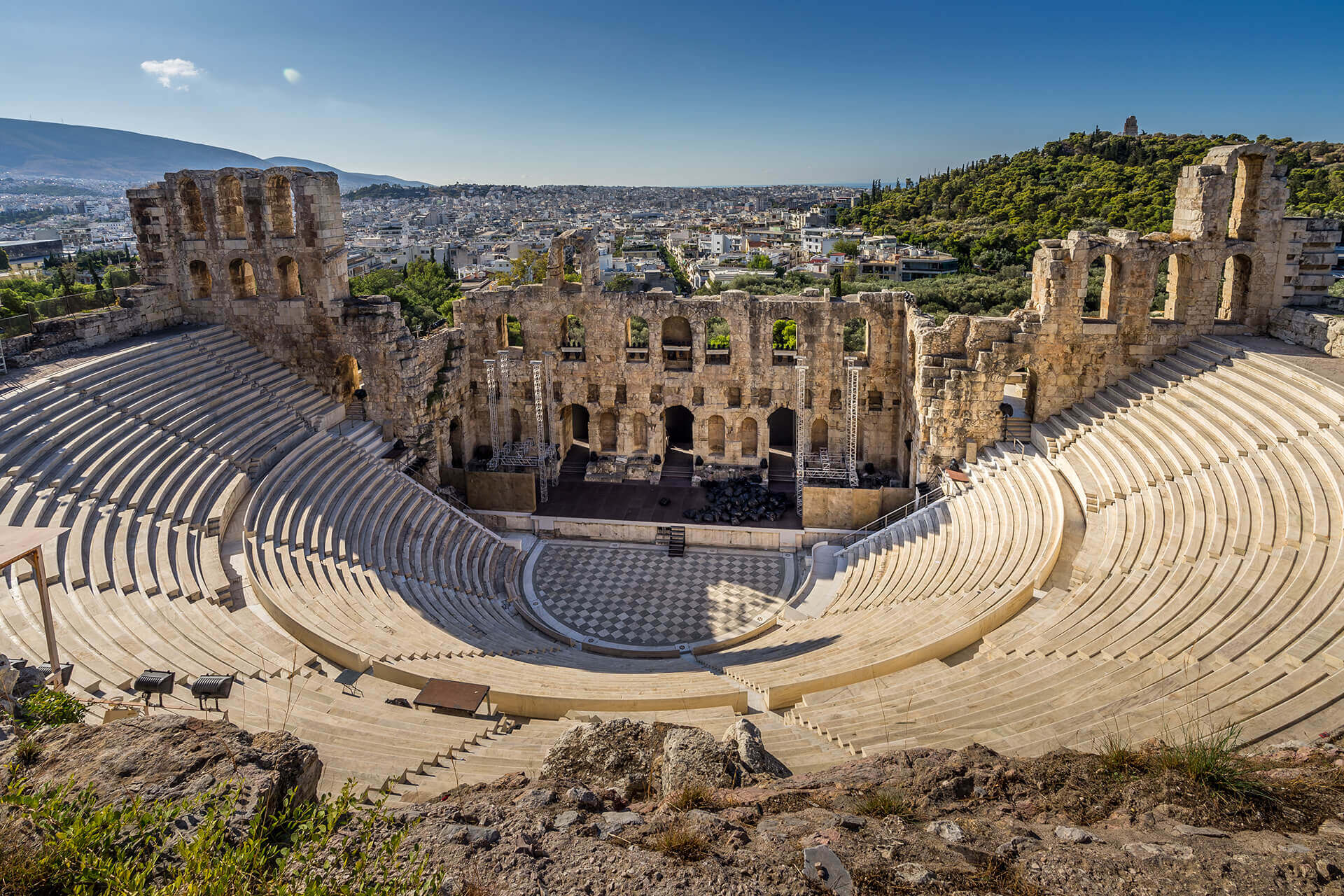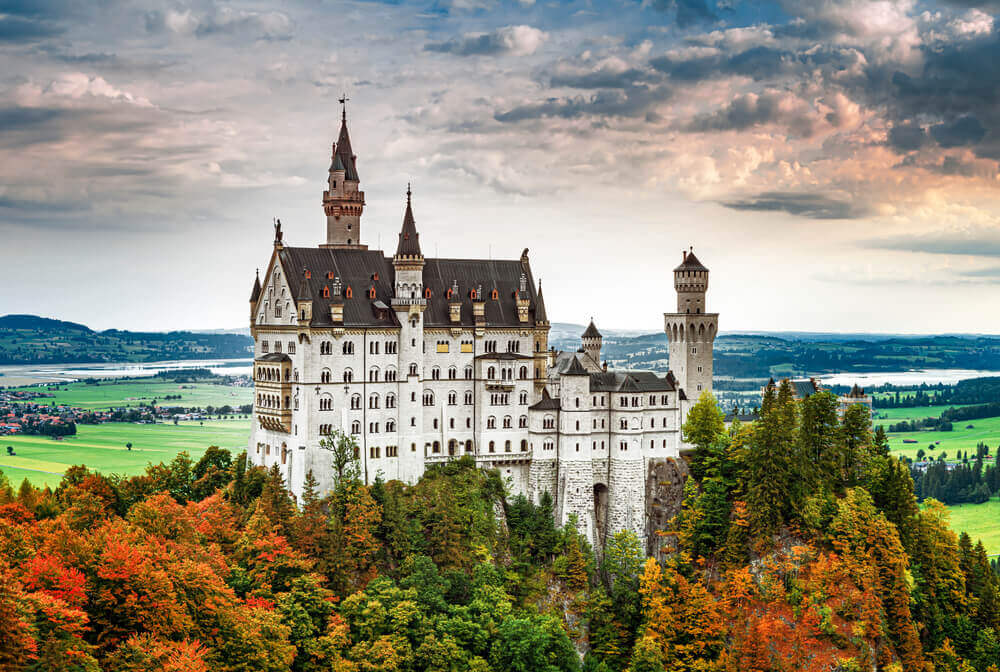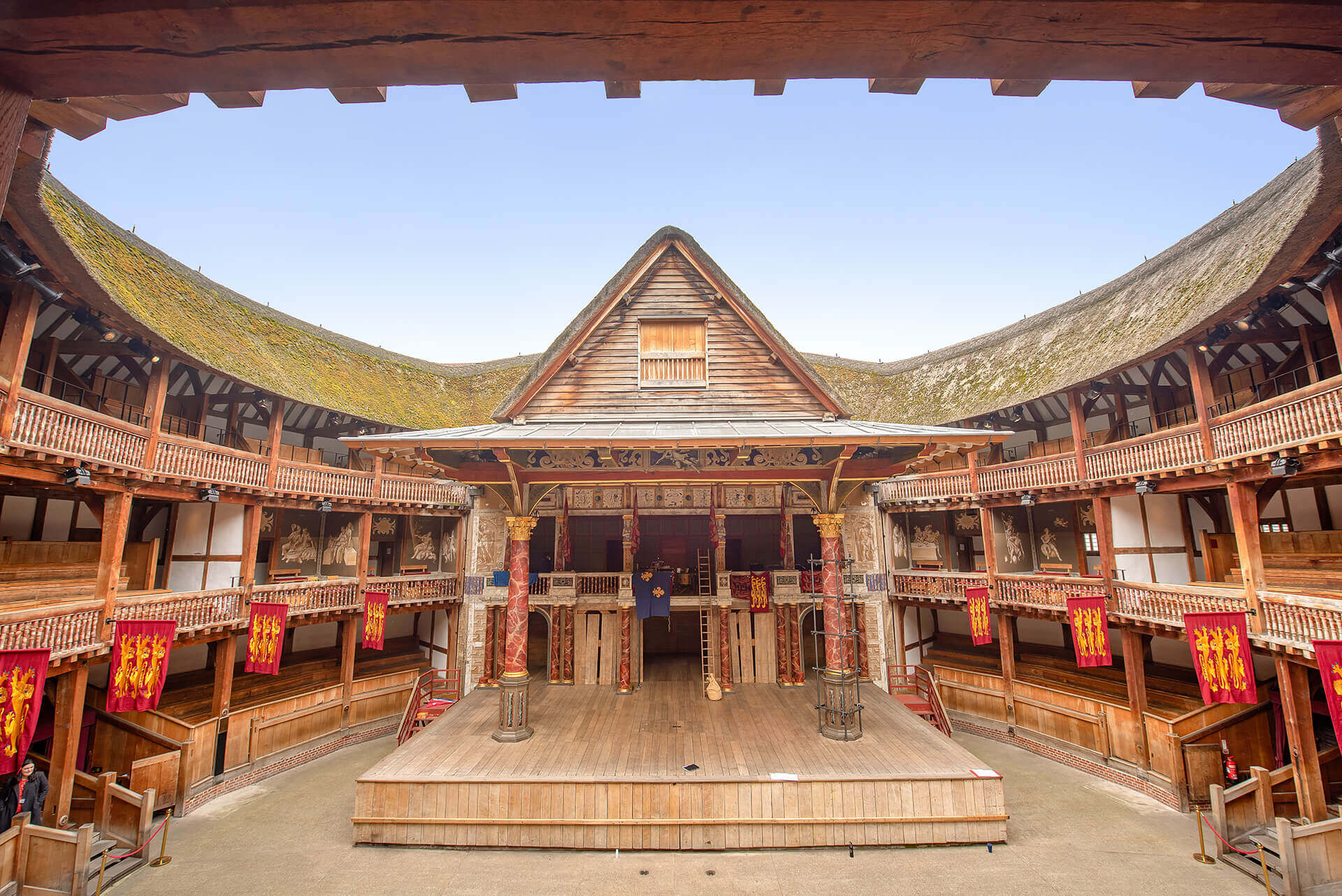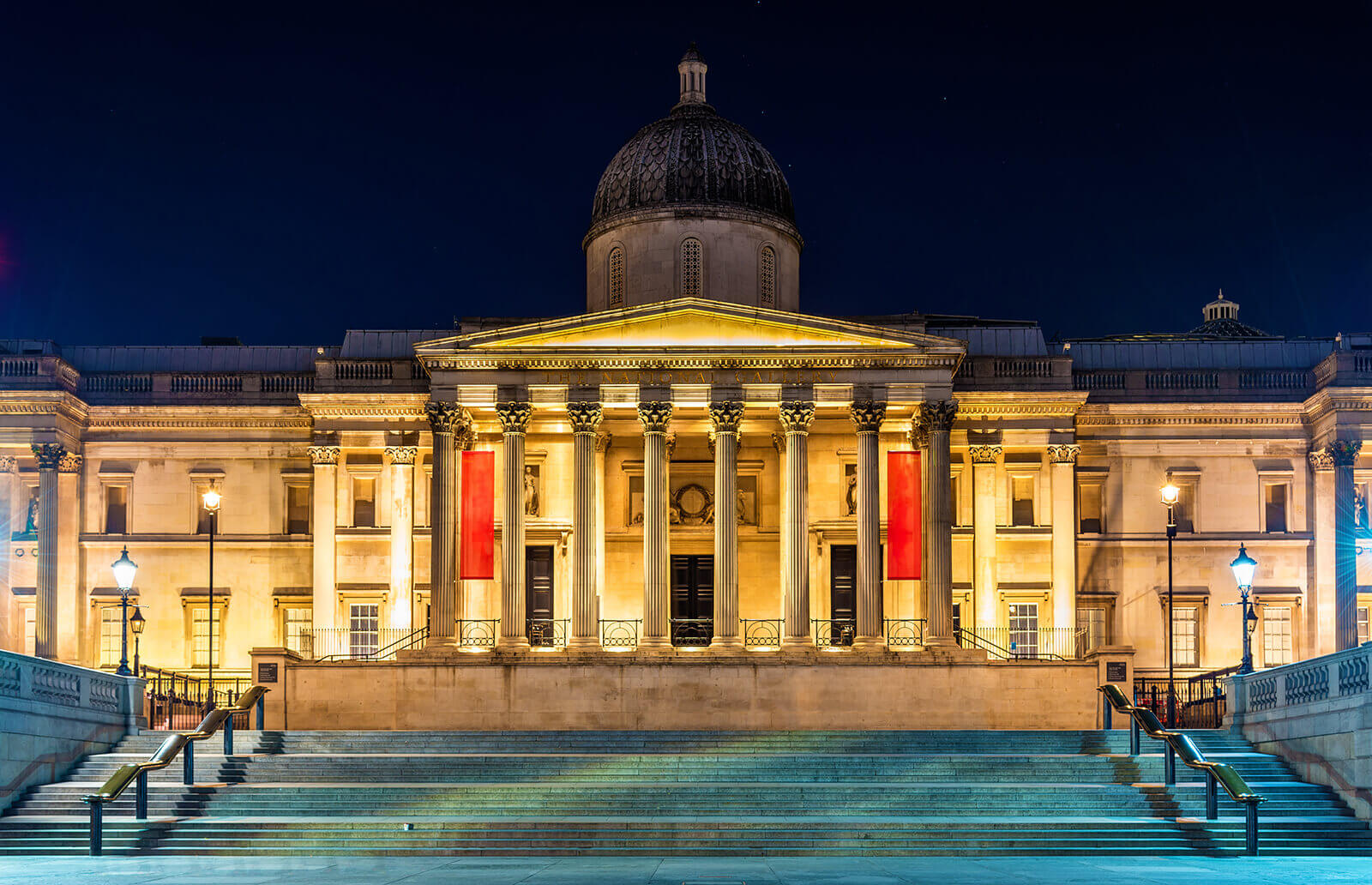






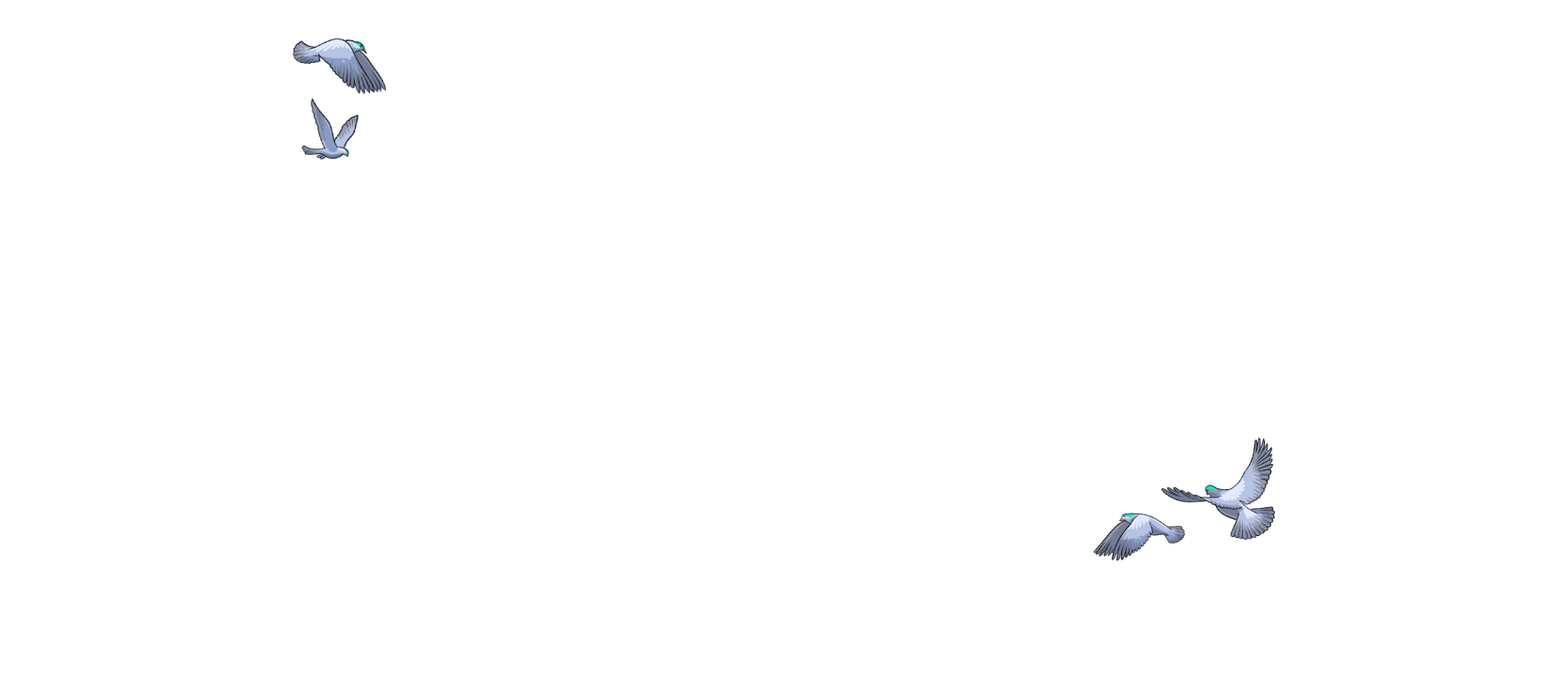
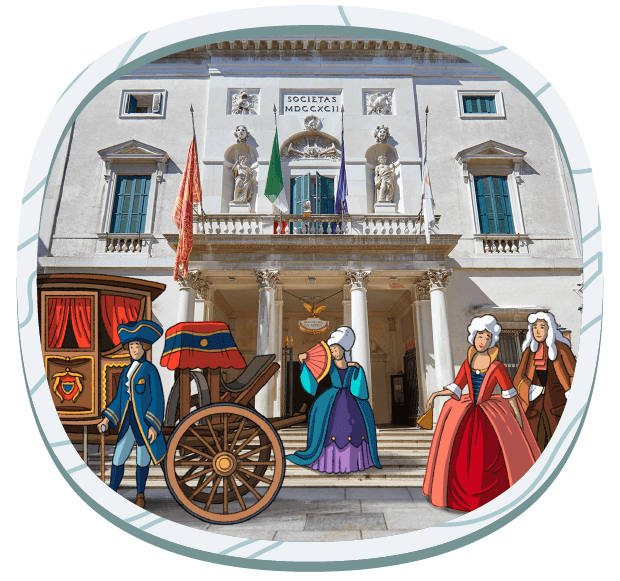






Antique architecture, which was dominated not only by the construction of residential buildings, squares, temples and technical works, but also by the construction of natural theatres and amphitheatres, dates back to the 6th century AD. In the following period of medieval architecture, the construction of monasteries, castles, chateaux again dominated, and it was also the period of the founding of the first medieval towns. It was not until later in the modern age, around the 17th century, that, in addition to sacral buildings such as churches and monasteries and residential buildings for the nobility and ruling families such as mansions and palaces, began to build theatres and opera houses. In this section, we will introduce to you the most architecturally interesting theatre buildings and opera houses, as well as galleries and museums that were built in Europe during this period.

You move the arrows on the ribbon  .
.
In the window you will see the pictures for which a voice recording will start.
To read the text, click on the icon
 .
.



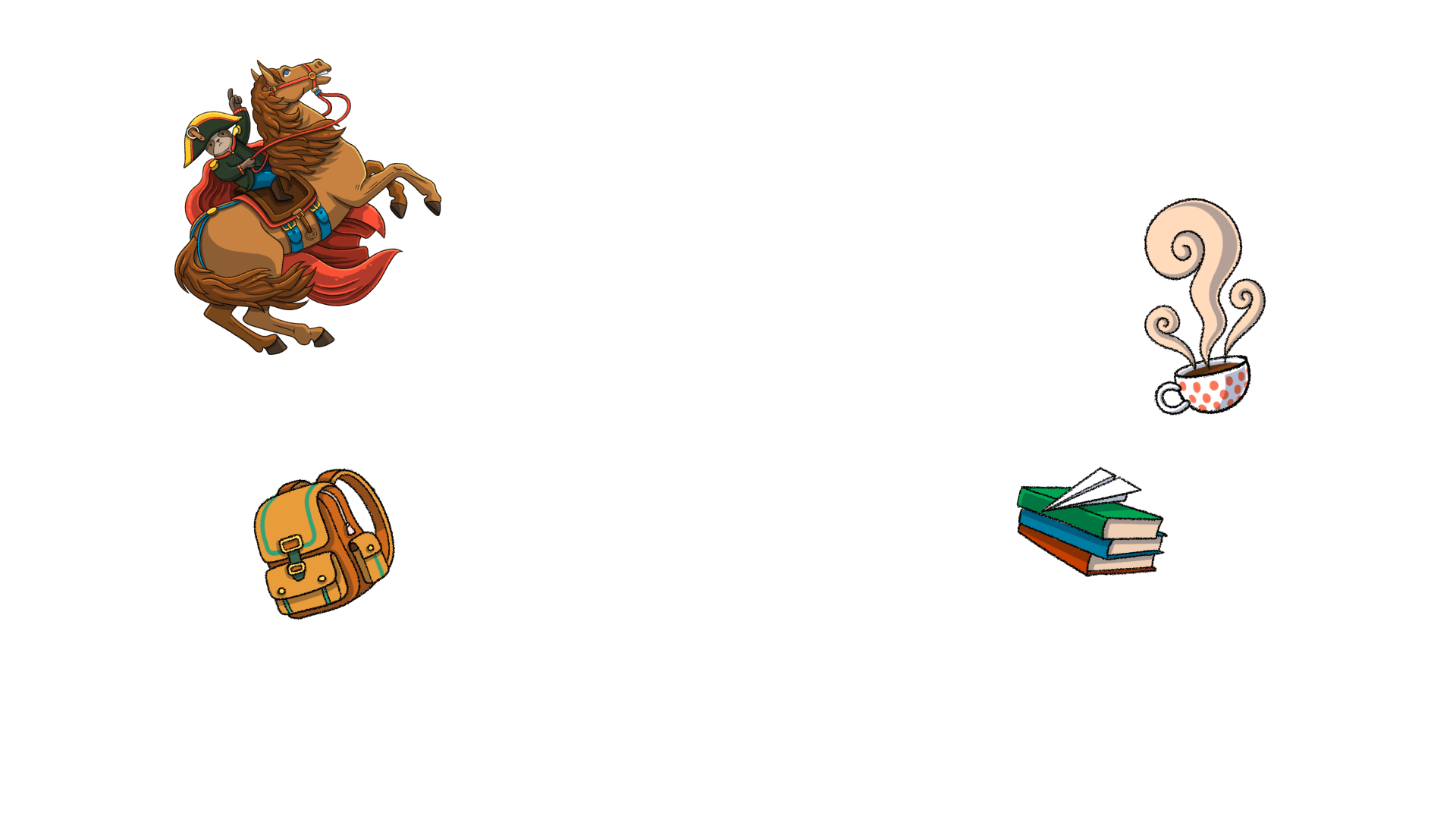



Palais Garnier in Paris is an impressive building designed by the then young French architect Charles Garnier, after whom the opera house was also named. The construction of the new theatre was part of the great reconstruction of Paris and was initiated by Emperor Napoleon III. In 1853, the emperor decided to turn Paris into a modern capital with wide boulevards and large squares. The new concept also included the construction of new representative buildings, including the opera house. Construction, which took up to 13 years, began in 1862. It is built in the spirit of architectural historicism, which is characterised by a mixture of various elements of past architectural styles.
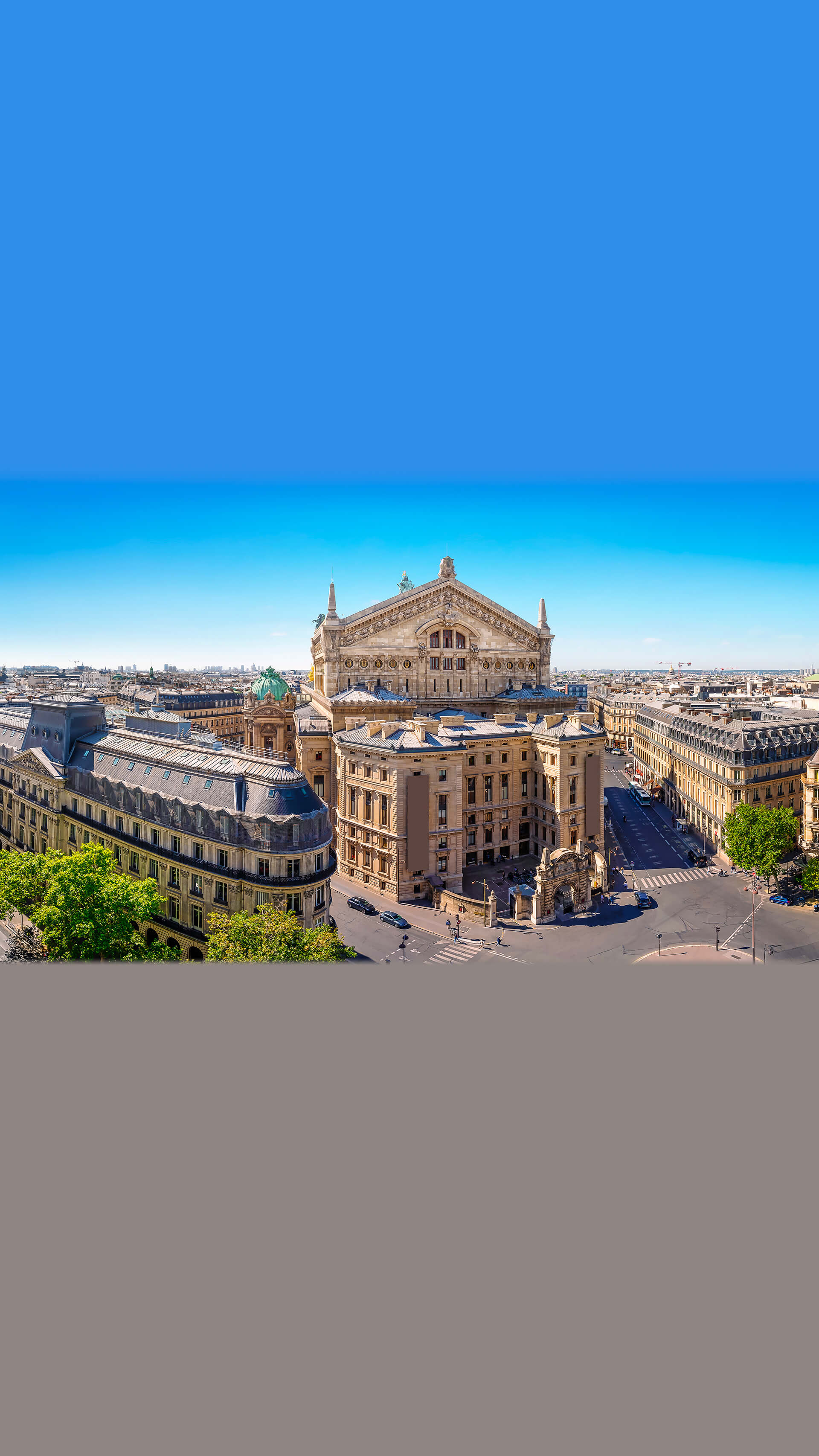


The building is really immense, its length is 173 m and width 125 m. The height from the foundations to the dome is 73.6 meters.


The auditorium is 20 m high, 32 m deep and 31 m wide, and has 1,900 red velvet seats. Above the auditorium hangs a huge chandelier, whose weight is eight tons.
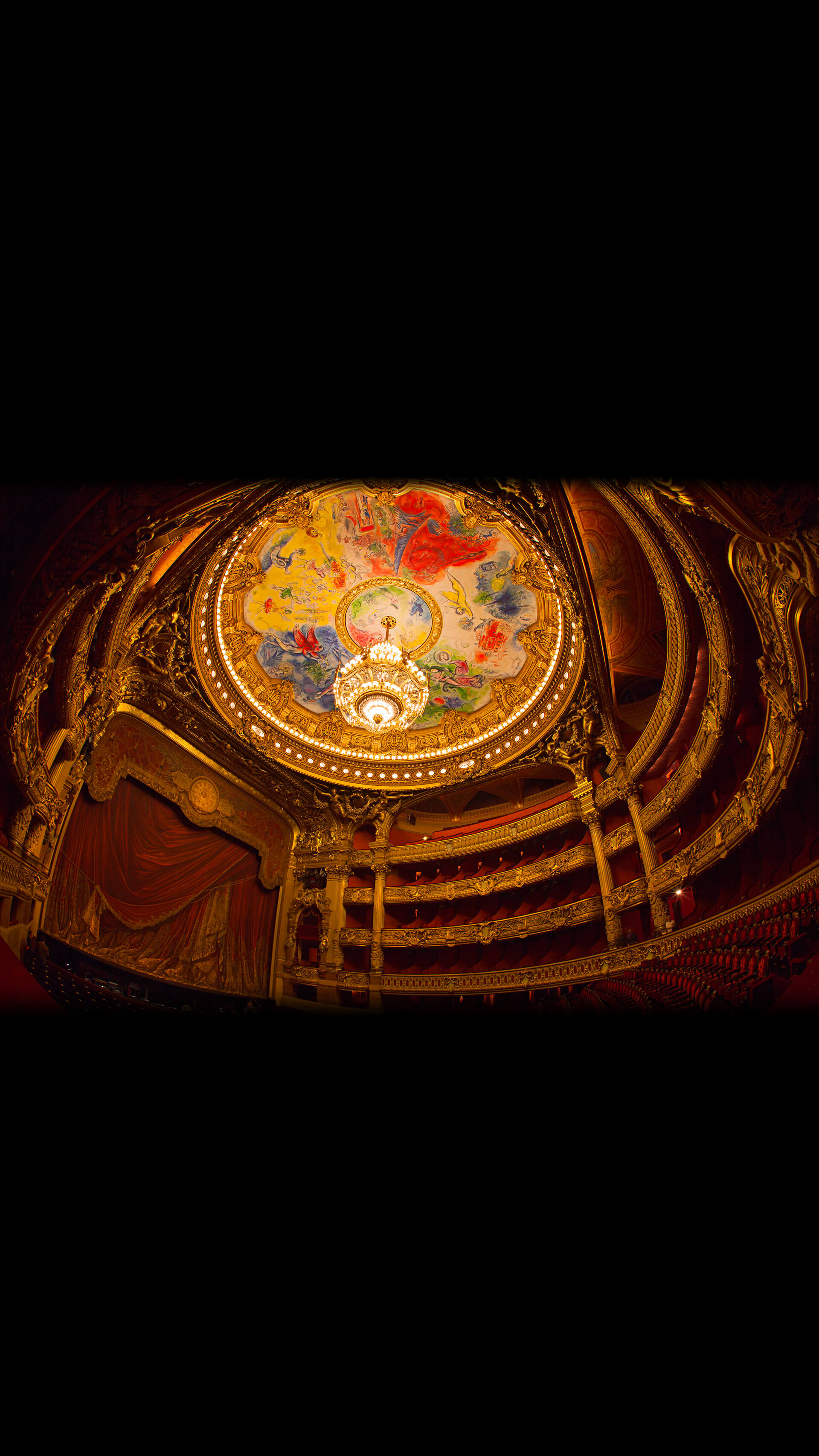

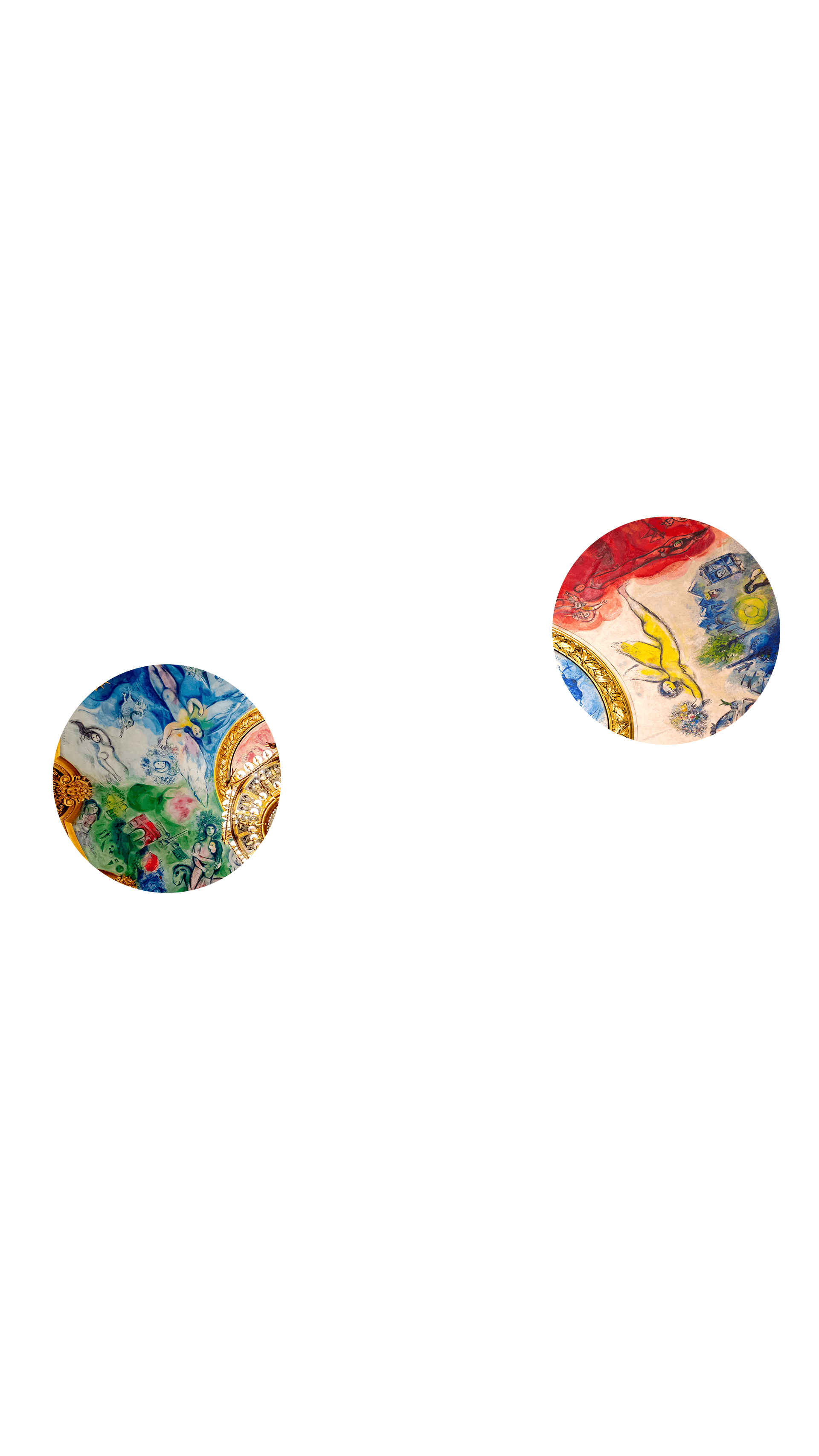
The ceiling around the chandelier was decorated in 1964 with paintings by one of the most famous French painters of the period, Marc Chagall.

The heart of the theatre is considered to be a beautiful and elegant two-row marble staircase, surrounded by three-storey arcades. Also interesting is the large foyer, which Garnier designed to resemble a gallery in a classic chateau. Mirrors and windows further visually enhance its size.



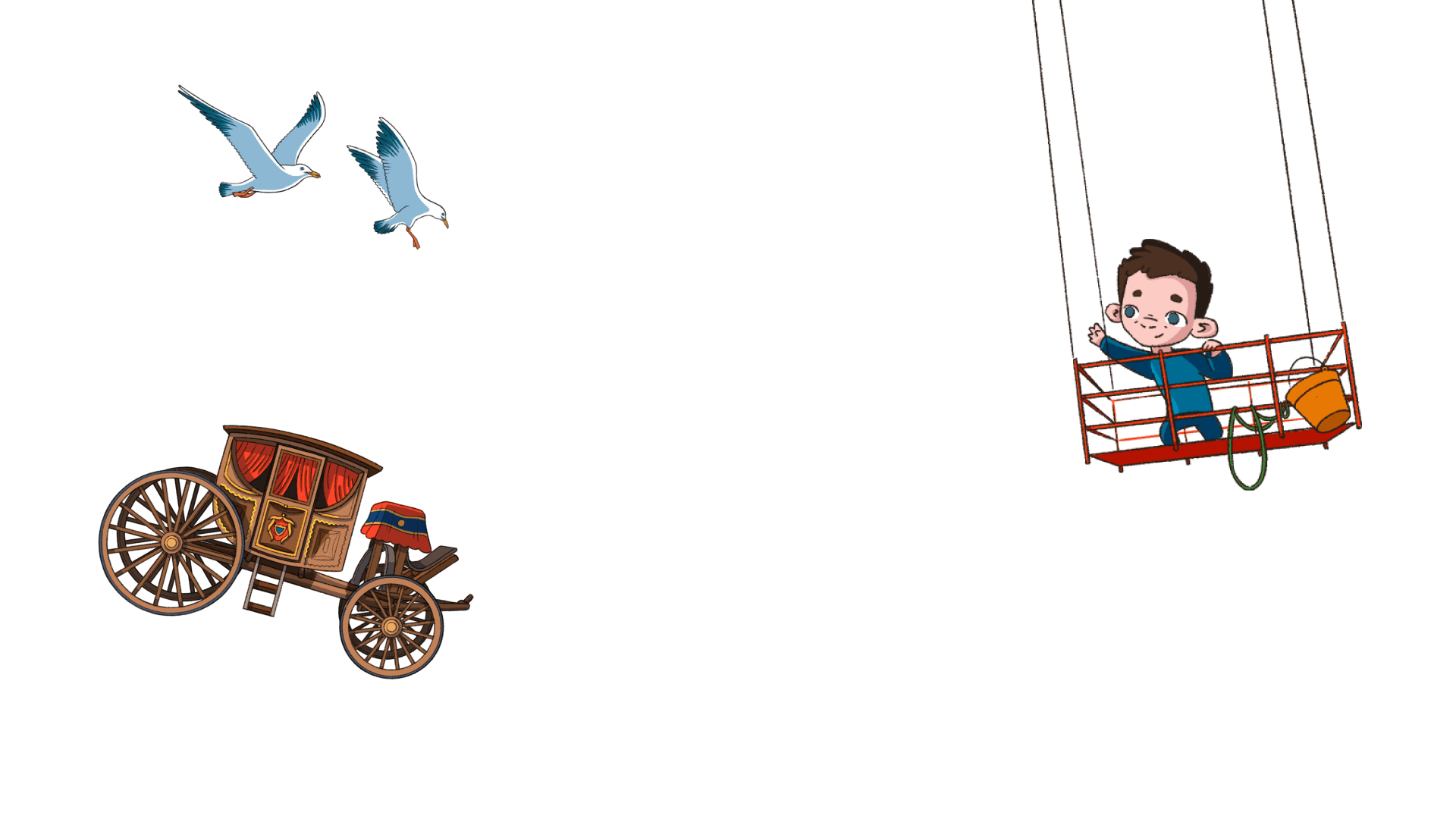
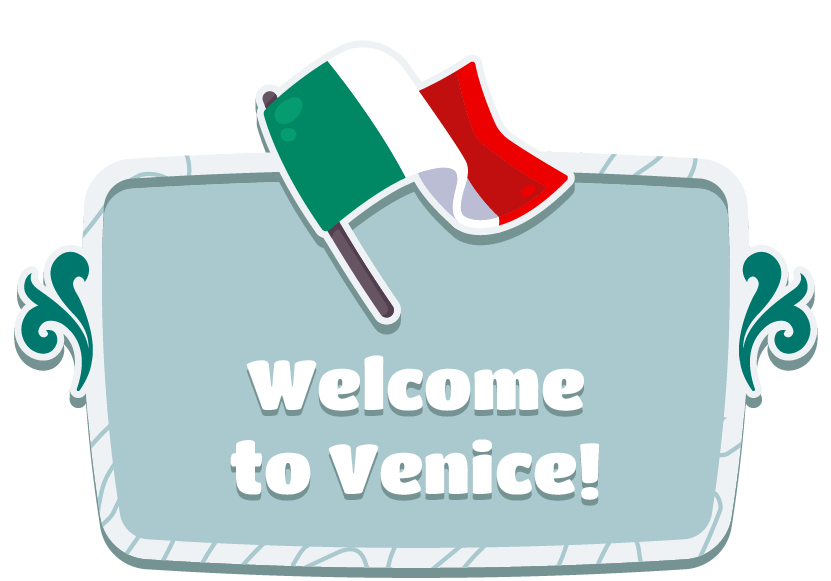
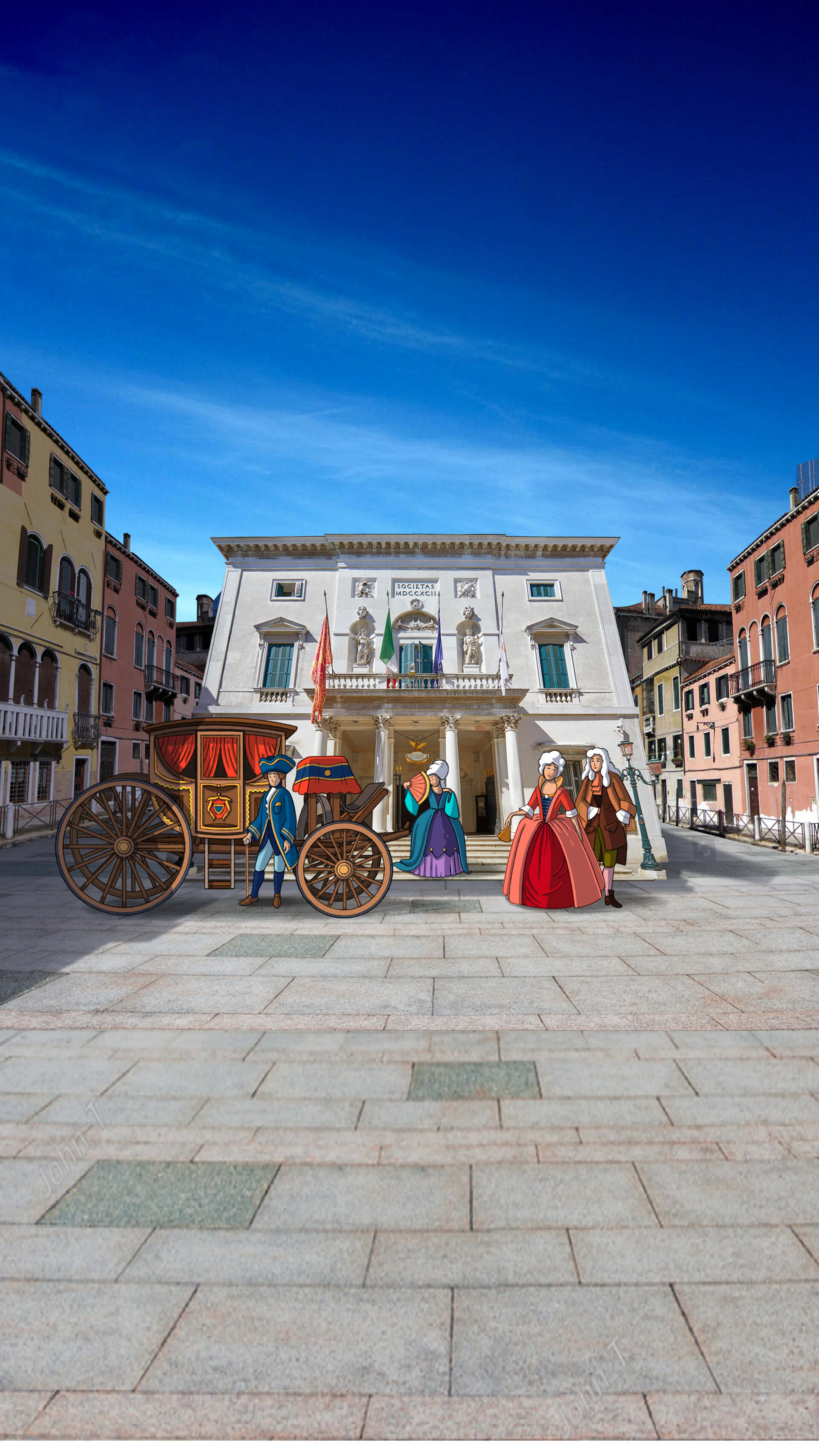
La Fenice Theatre, one of the most beautiful architectural gems of this period in Venice, was built in 1792 and has been rebuilt several times.
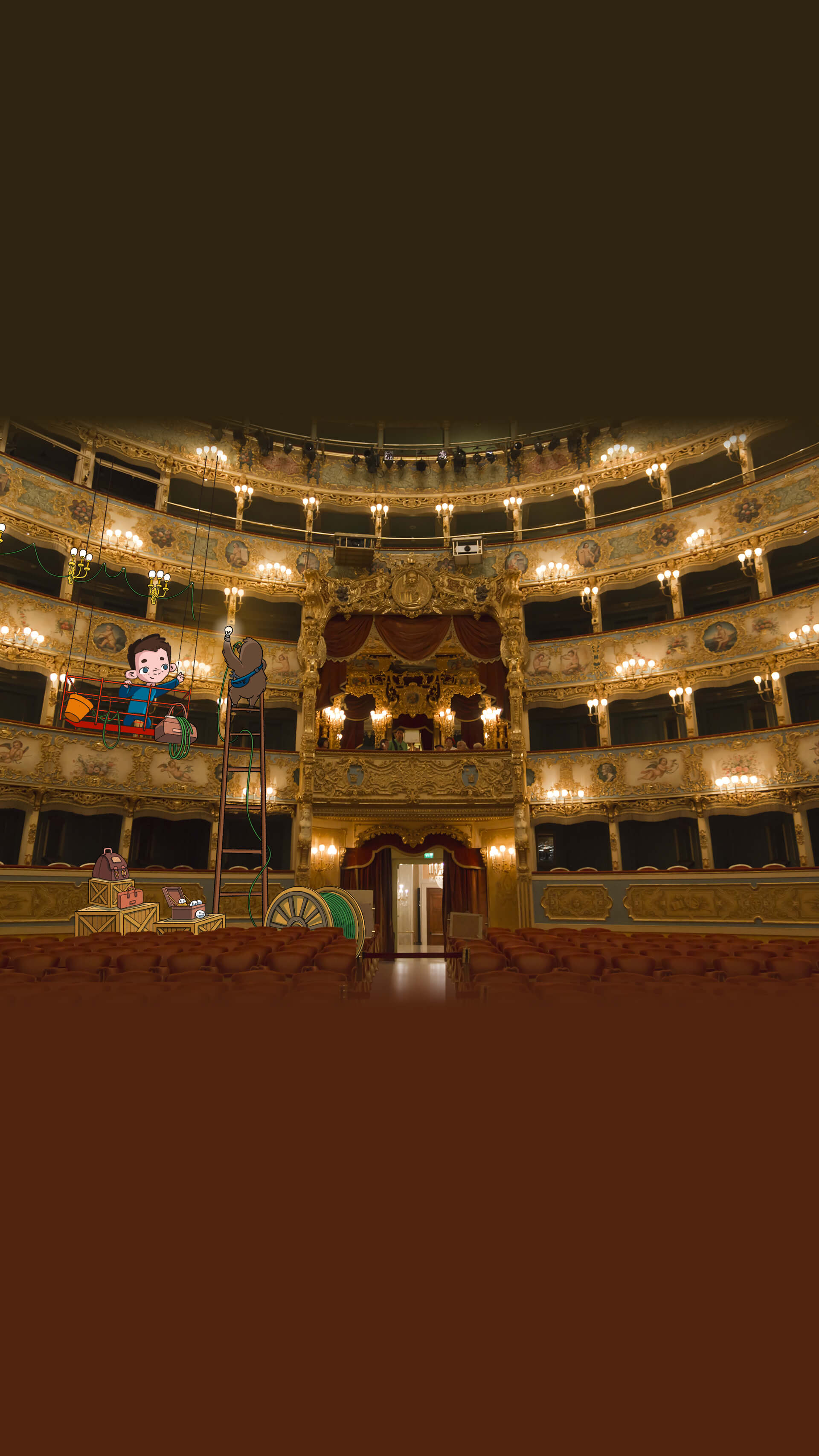
For instance in 1892 electricity was introduced to the theatre. Until then, it was only lit by gas. The building was last renovated after a large fire in 1996.
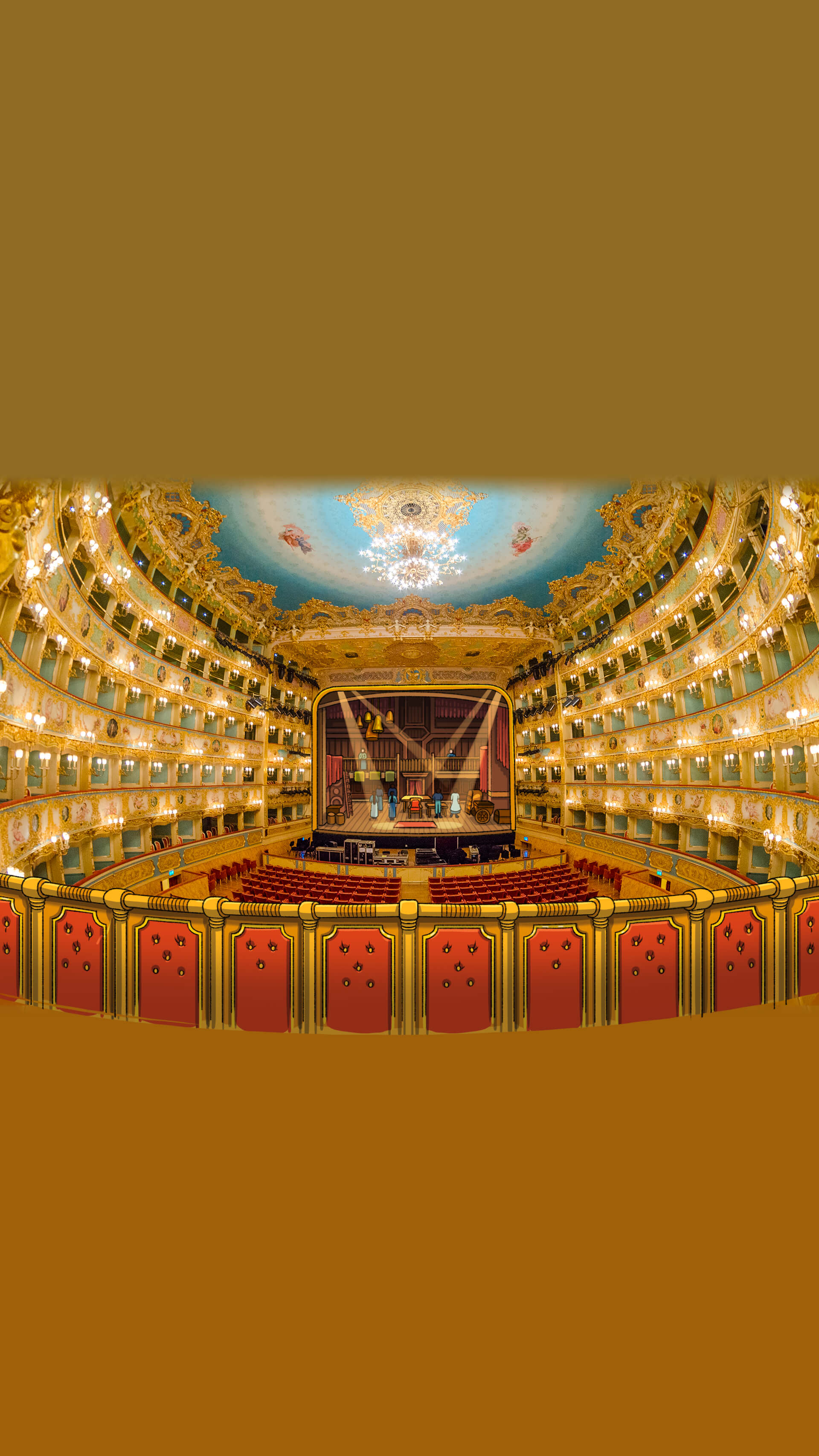

Today, the theatre has a neoclassical façade, a marble lobby, a grand staircase with richly decorated chandeliers, a five-story auditorium with gold leaf and ceilings decorated with beautiful frescoes. The current capacity is 1,100 seats.
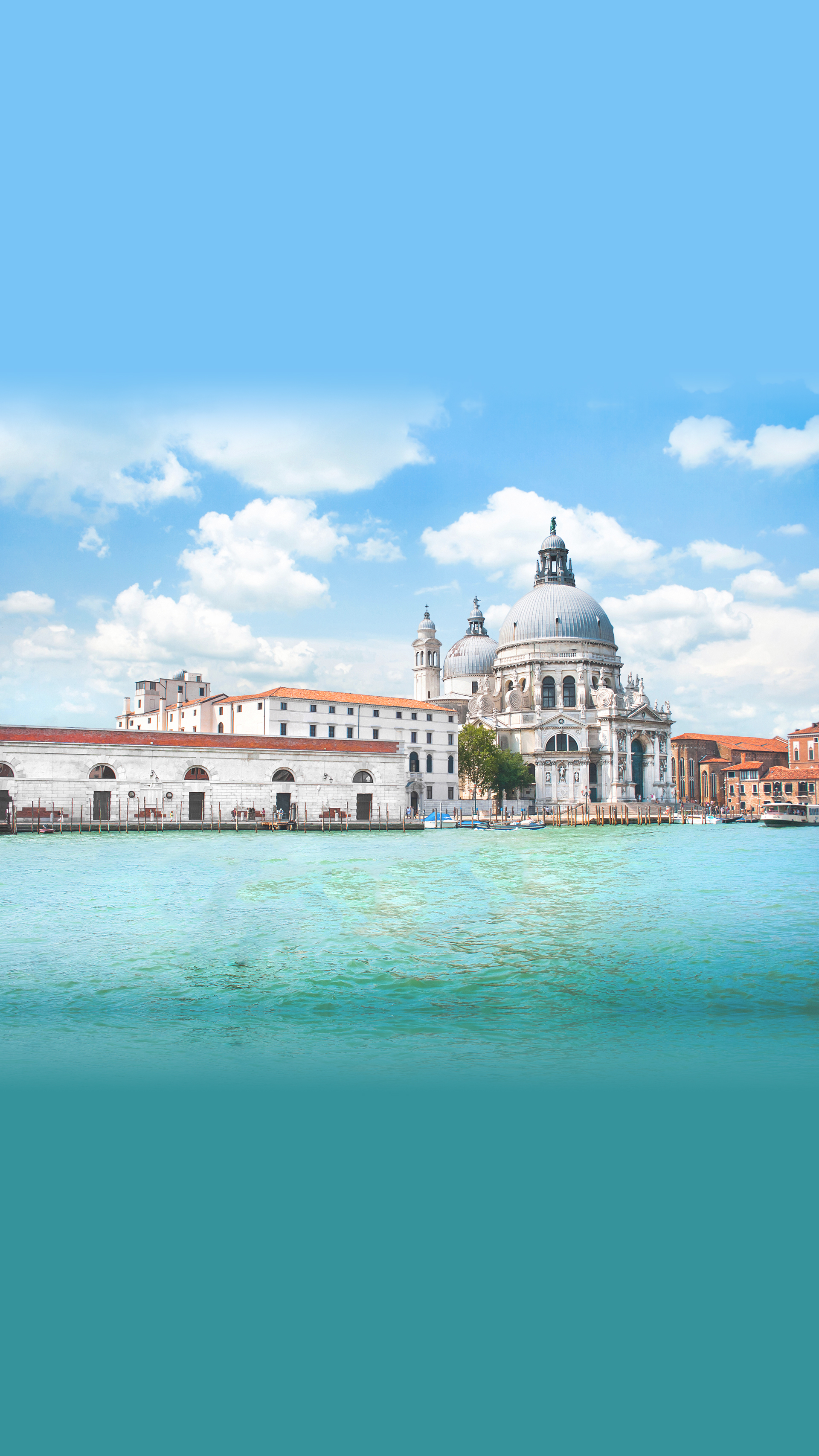


The interesting fact about the most recent reconstruction in 1996 is that there was so little room at the construction site that all the building material had to be made and prepared outside Venice, brought to the theatre by barges by water. They had to cross the narrow canals about 8000 times till they shipped everything necessary for the construction. And there is something else which makes this theatre unique. Every first day of the year, it hosts a New Year's concert, broadcast by several European televisions.



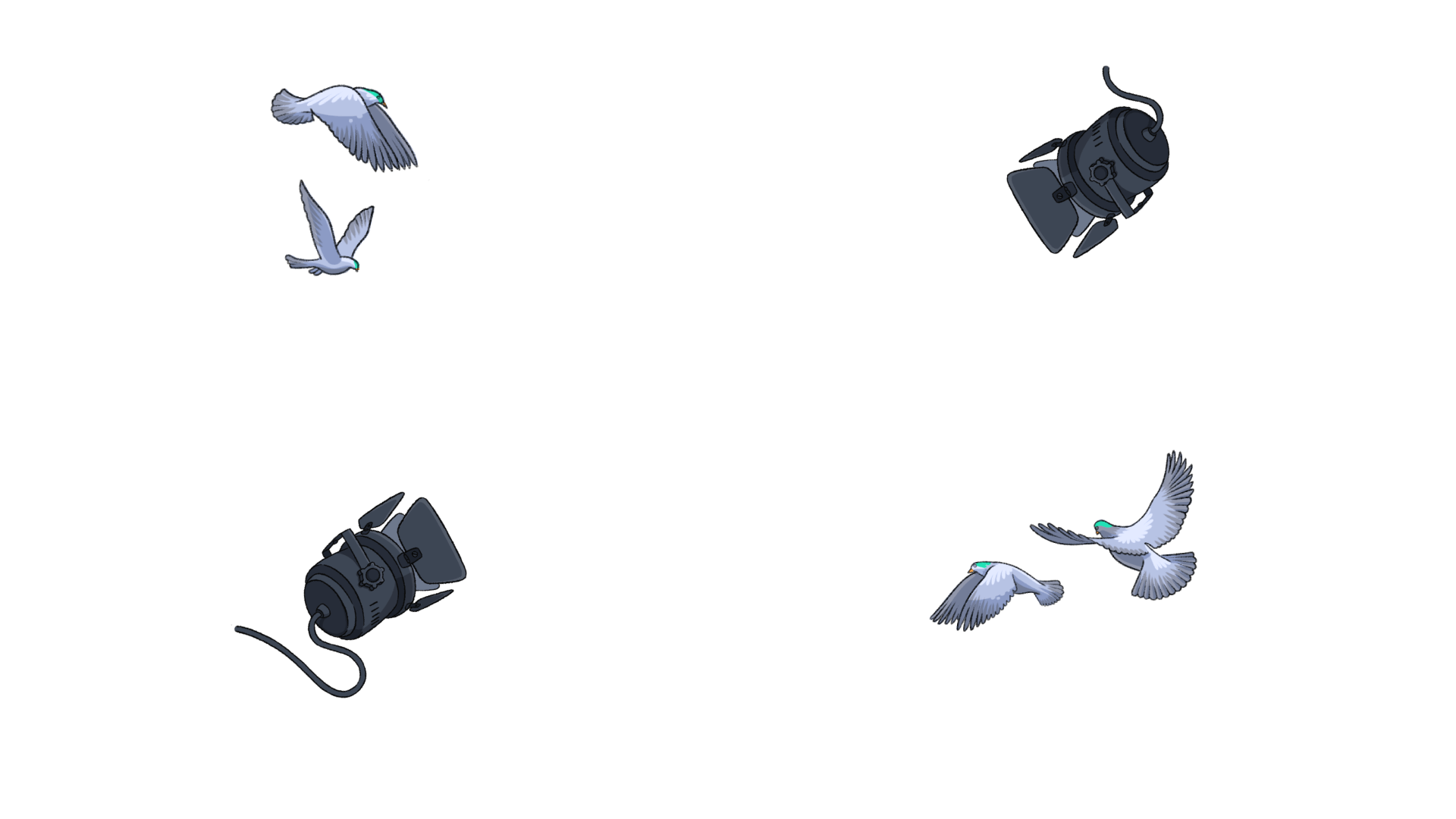



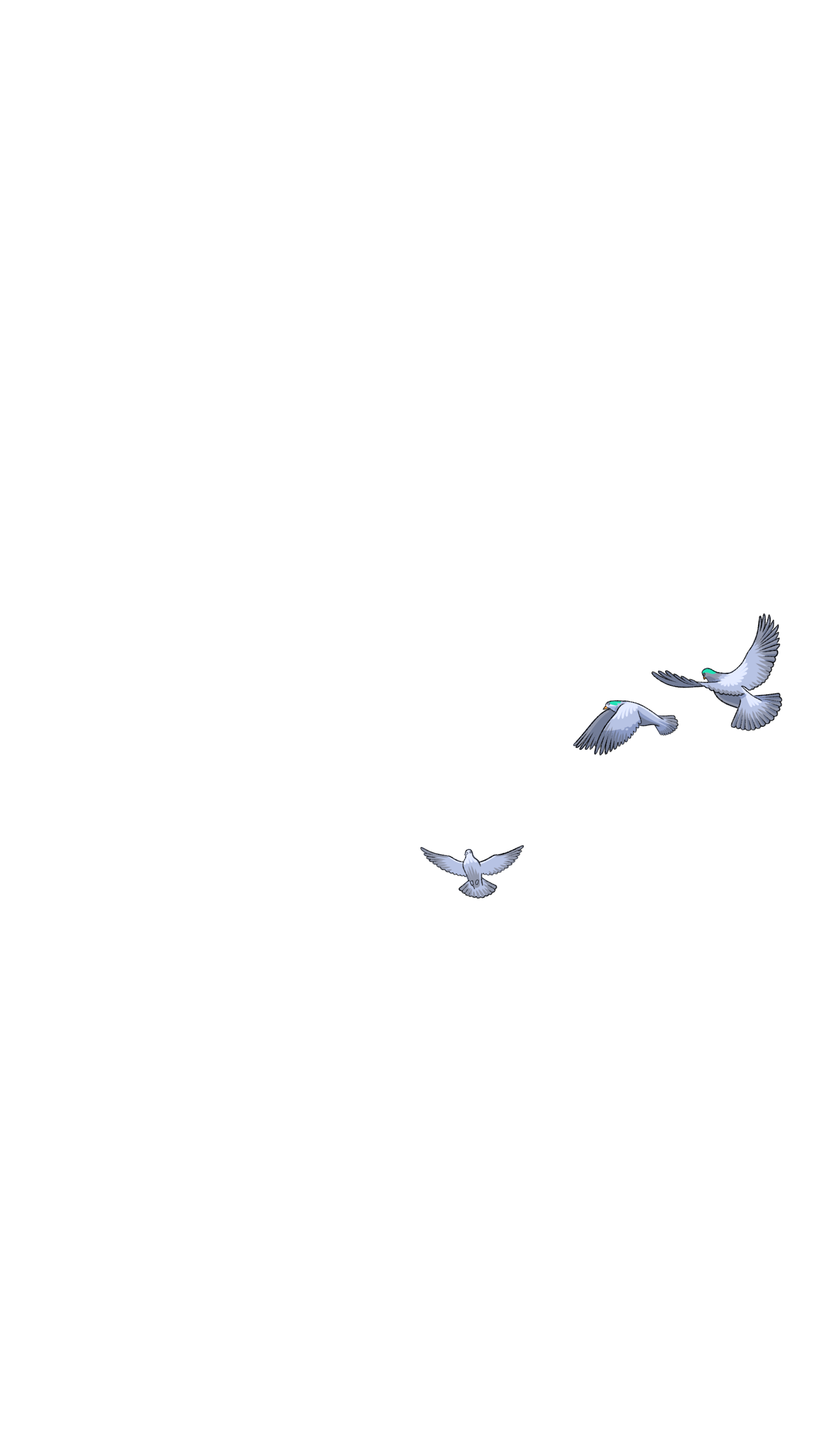
The Royal Opera House is one of the most modern theatres in Europe today, although its roots date back to the early 18th century. Because the theatre is located in Covent Garden, it is sometimes referred to as Covent Garden. The current theatre building, designed by architect Edward Middleton Barry, is the third theatre built on this site. Previous buildings were destroyed by fires.
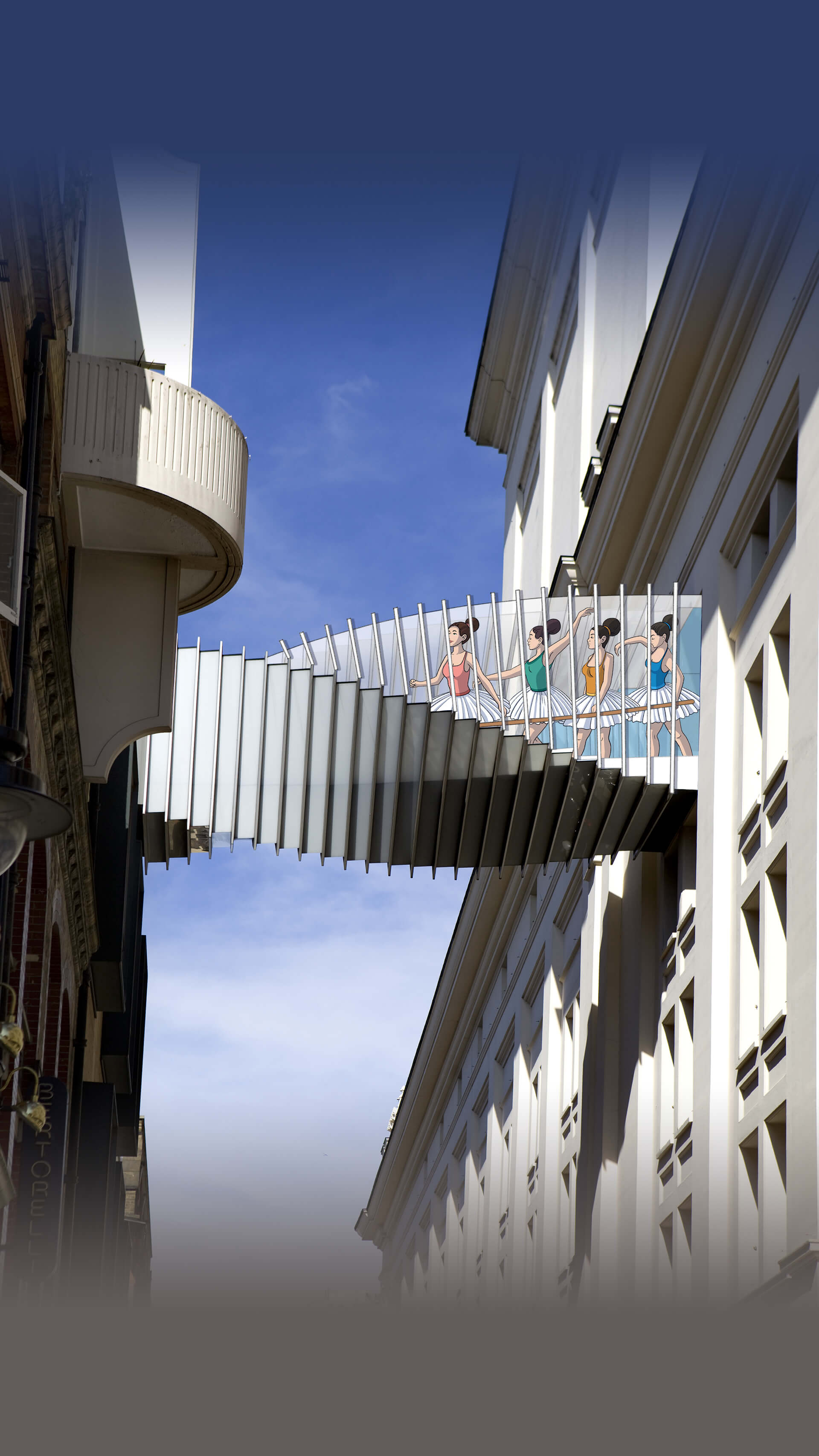
The beautiful classicist facade, foyer and auditorium date back to 1858. The other parts of the building are the result of extensive reconstruction and completion from the 90s of the 20th century. During this reconstruction, a new theatre facility was completed, a ballet hall, rehearsal rooms for the choir, new changing rooms, a new concert and exhibition hall and, in particular, a completely new representative entrance area. An architectural curiosity is the interconnection of the old and new part of the theatre, the so-called English opera bridge, which creates a 3D illusion of motion. Its geometry resembles a vibrating accordion. Ballerinas scurry over this bridge, as the bridge connects the fourth floor of the opera with the newly completed royal ballet school.

And do you know what is the primacy of this theatre? It was this Royal Theatre that was the first in the world, in the 1930s, to use a complete novelty at that time – a spotlight, to illuminate the action on the stage.



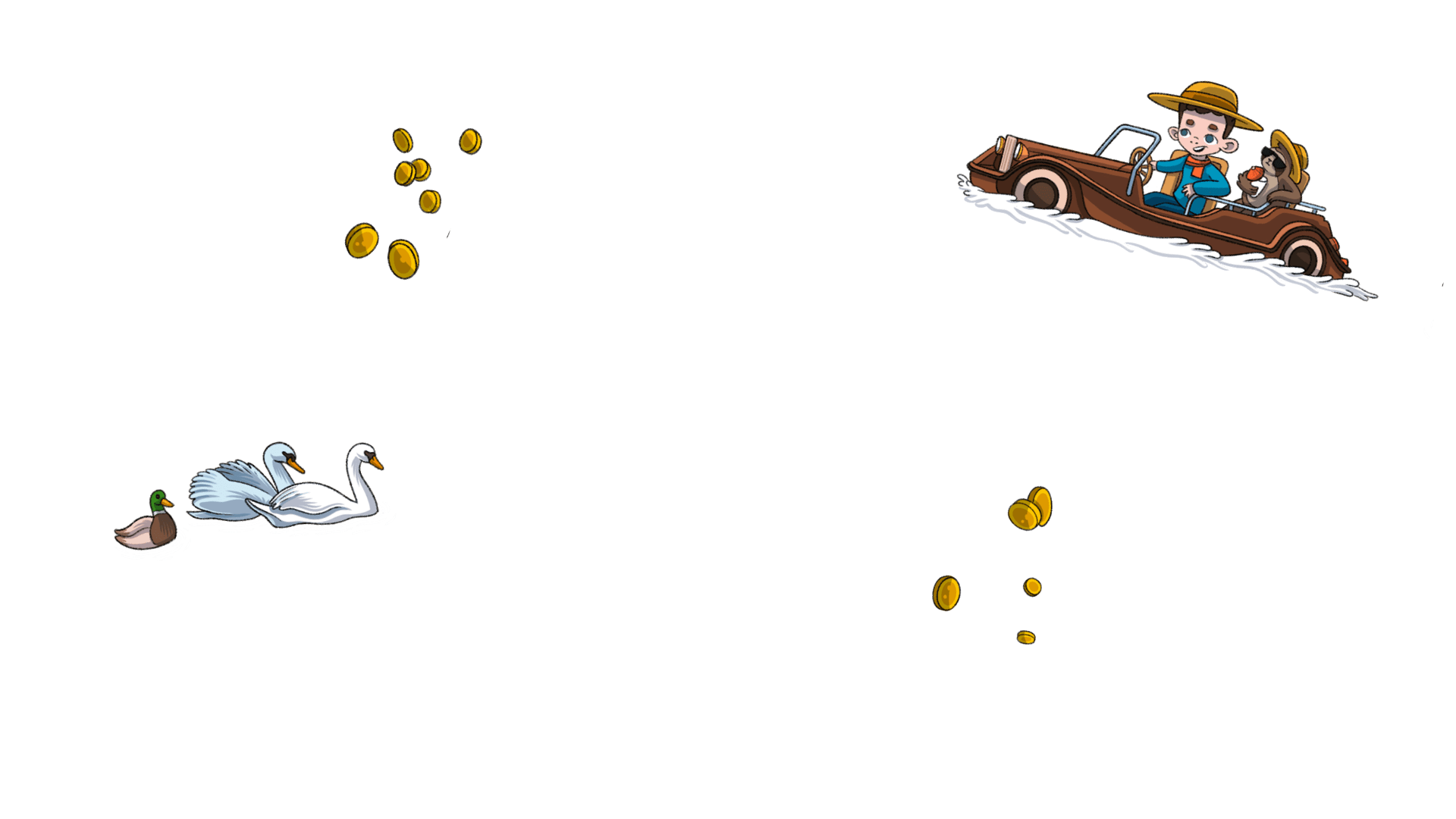

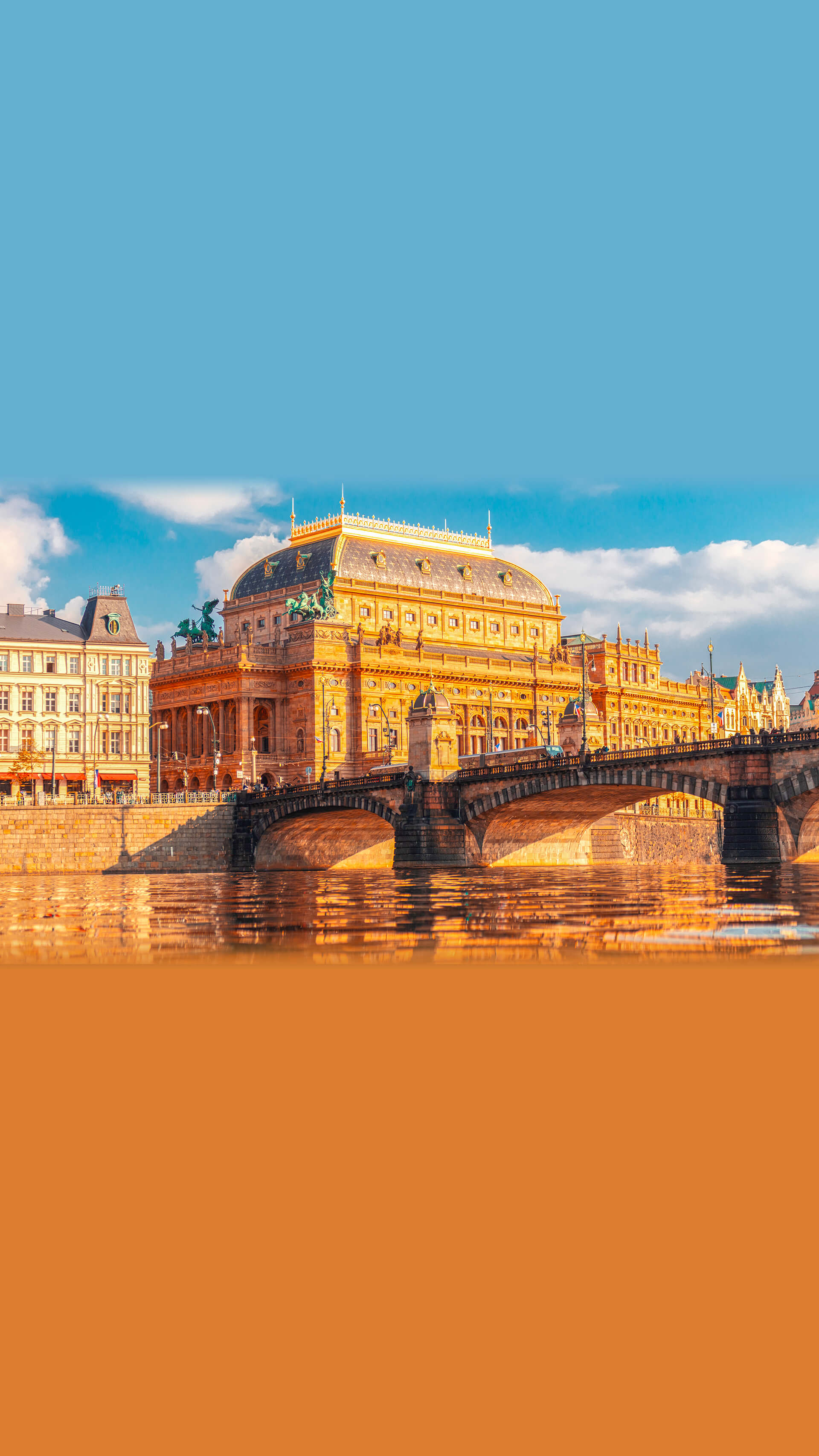


The neo-renaissance building of the theatre by the architect Jozef Zitek is one of the most important buildings in Bohemia in terms of national culture, history and also of architecture. Czech patriots began considering its construction as early as 1844. They asked for the so-called "construction privilege" granted to them in April 1845. But it was not until six years later - April 1851 - that the first public fundraiser was announced to finance its construction.



Not only the Czech people contributed to the construction of the National Theatre. Both the state and Emperor Francis Joseph I personally financed its construction, which was accompanied by many complications, but luckily it was completed and in June 1881 it hosted the ceremonial premiere of Smetana's opera Libuse.
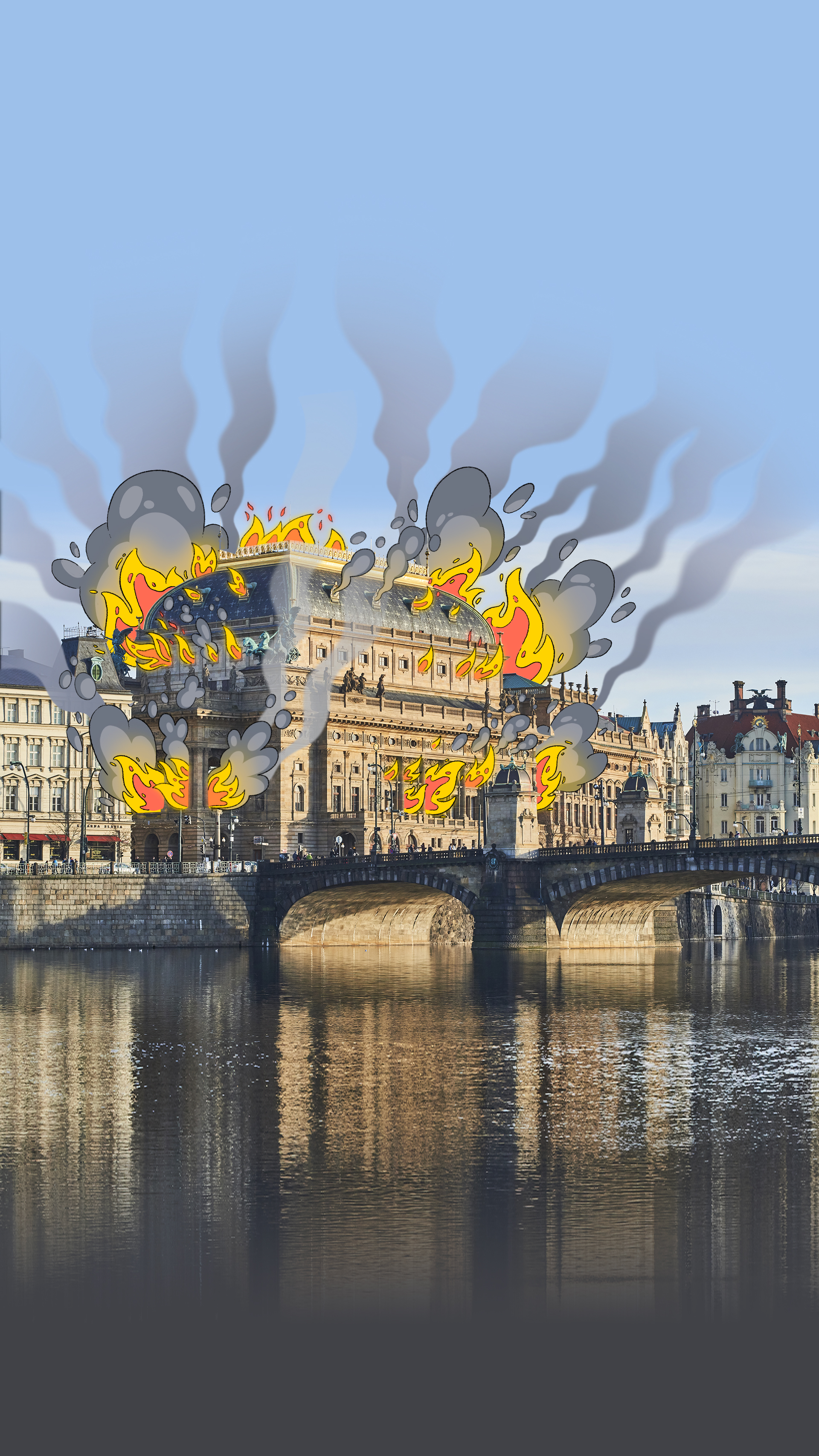
Unfortunately, a fire broke out in August of the same year, which the Czech nation saw as a "nationwide catastrophe" and embarked on a new fundraiser: one million gold coins were collected in 47 days. The building was completed after the fire by architect Josef Schutz. The restored theatre was opened in November 1883.


The theatre is 26 m high. It has excellent acoustics and audibility even on the top floors. Above the auditorium is a beautiful chandelier 3 meters wide and 5.5 meters long, which has 260 bulbs and weighs up to 2 tons.
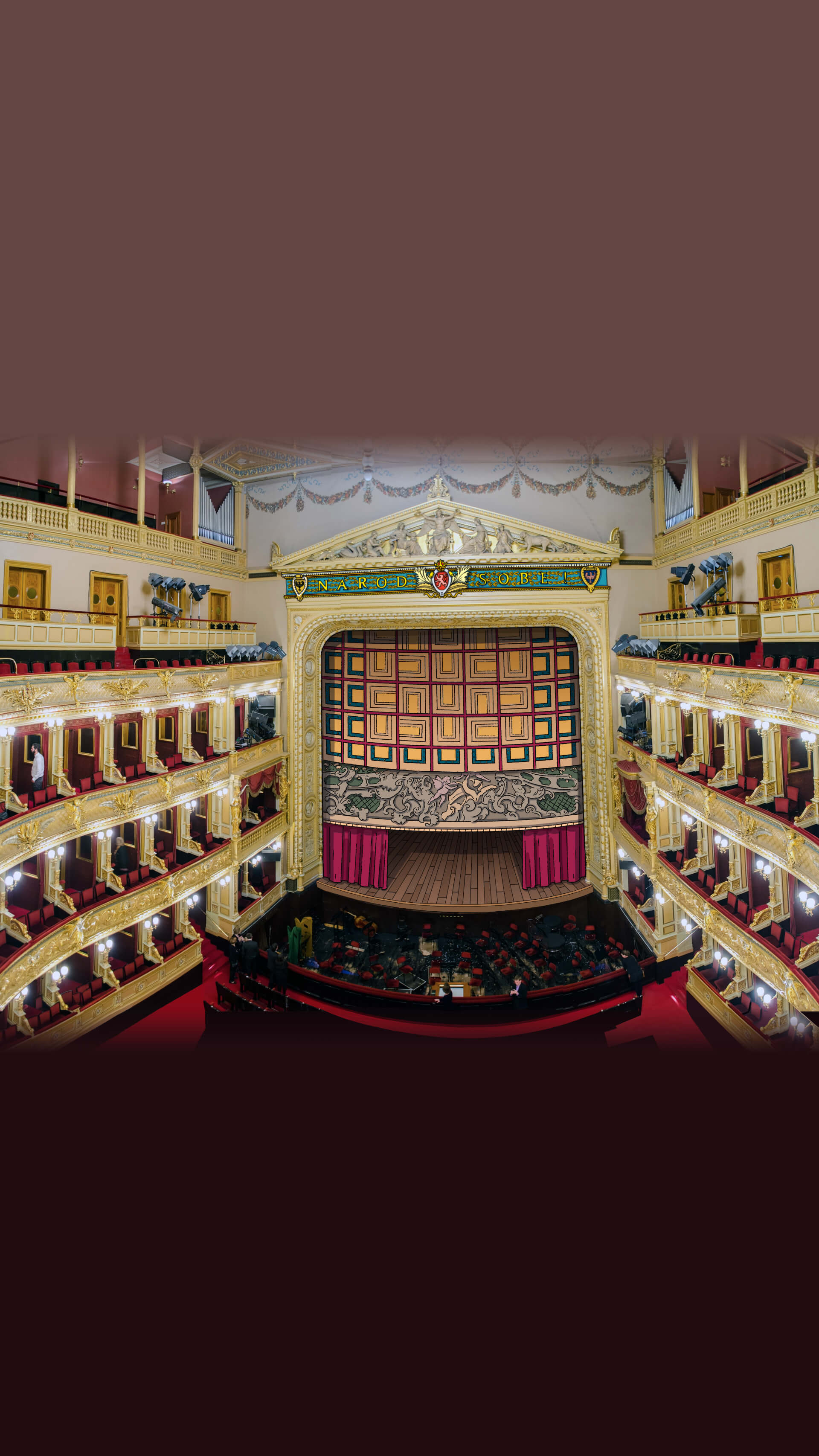

The stage and the auditorium are separated by 3 curtains. An iron curtain in case of fire, the second curtain features paintings depicting the dedication of the Czech nation in building the National Theatre and the third curtain is red, velvety and is opened manually. Above the curtains is the inscription "Nation to itself", which recalls the fact that the Czech people made a significant contribution to funding the construction of the theatre. In the foyer and in other areas of the theatre, there are busts of personalities who have made an extraordinary contribution to its construction.



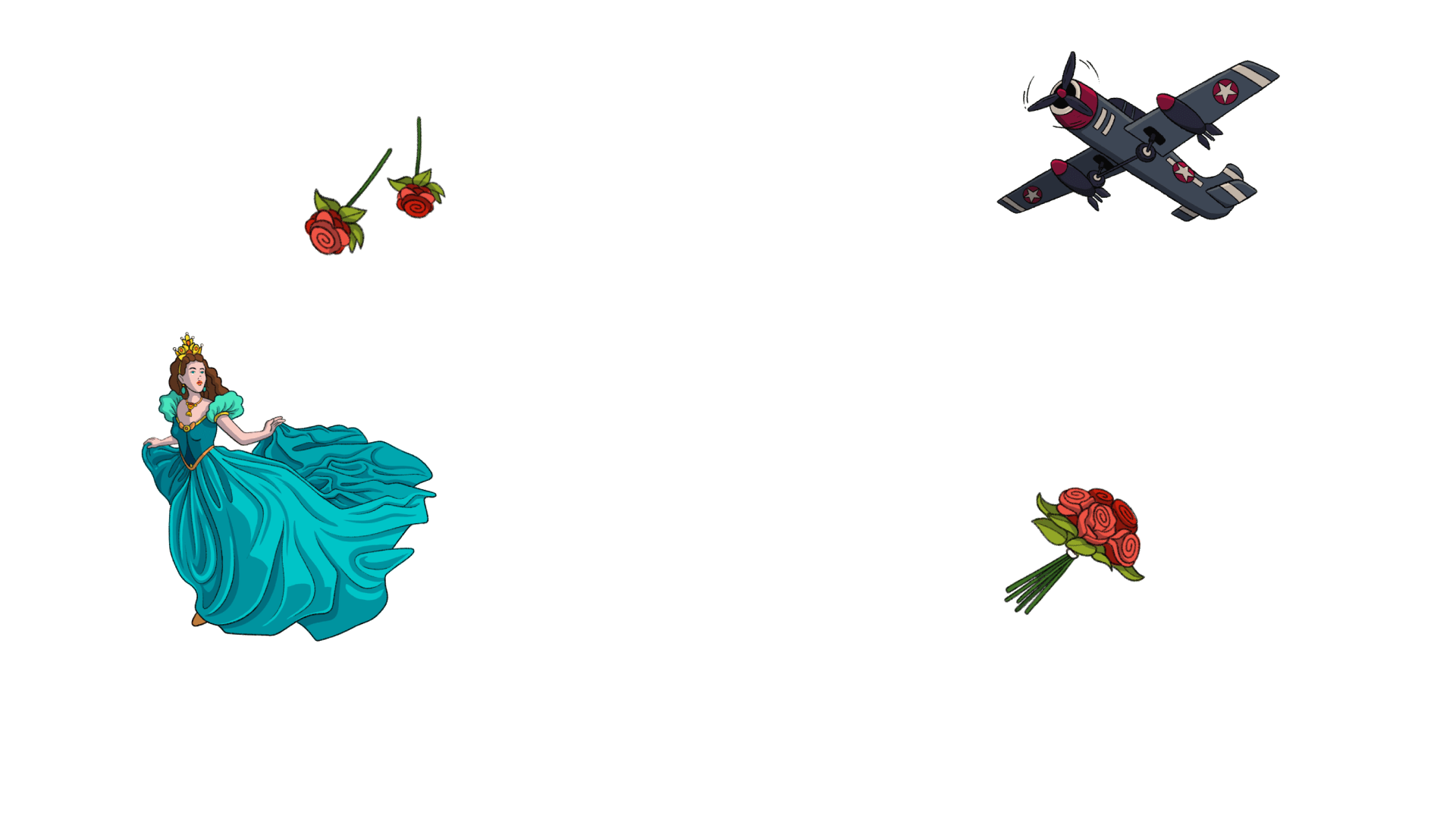

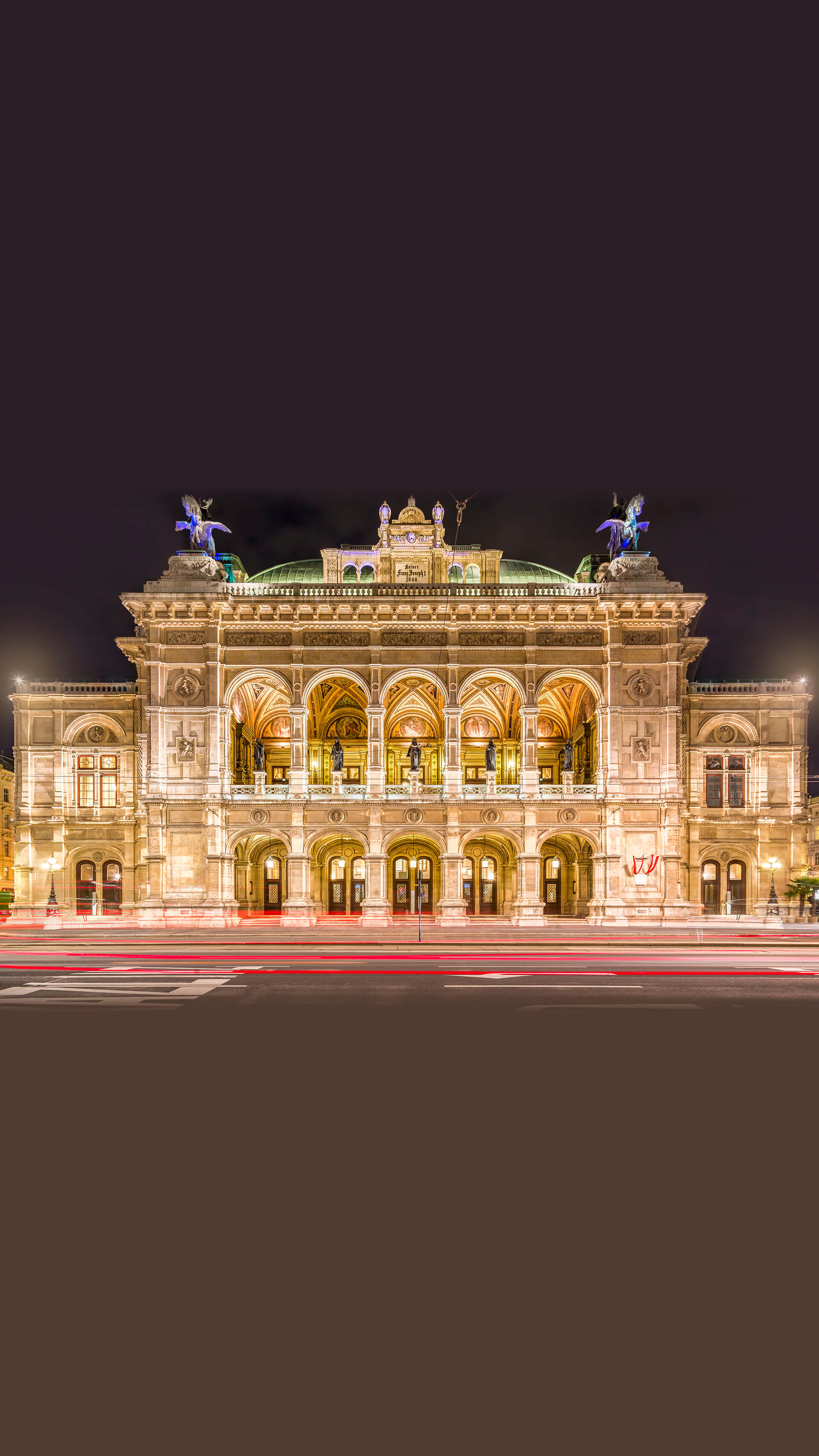
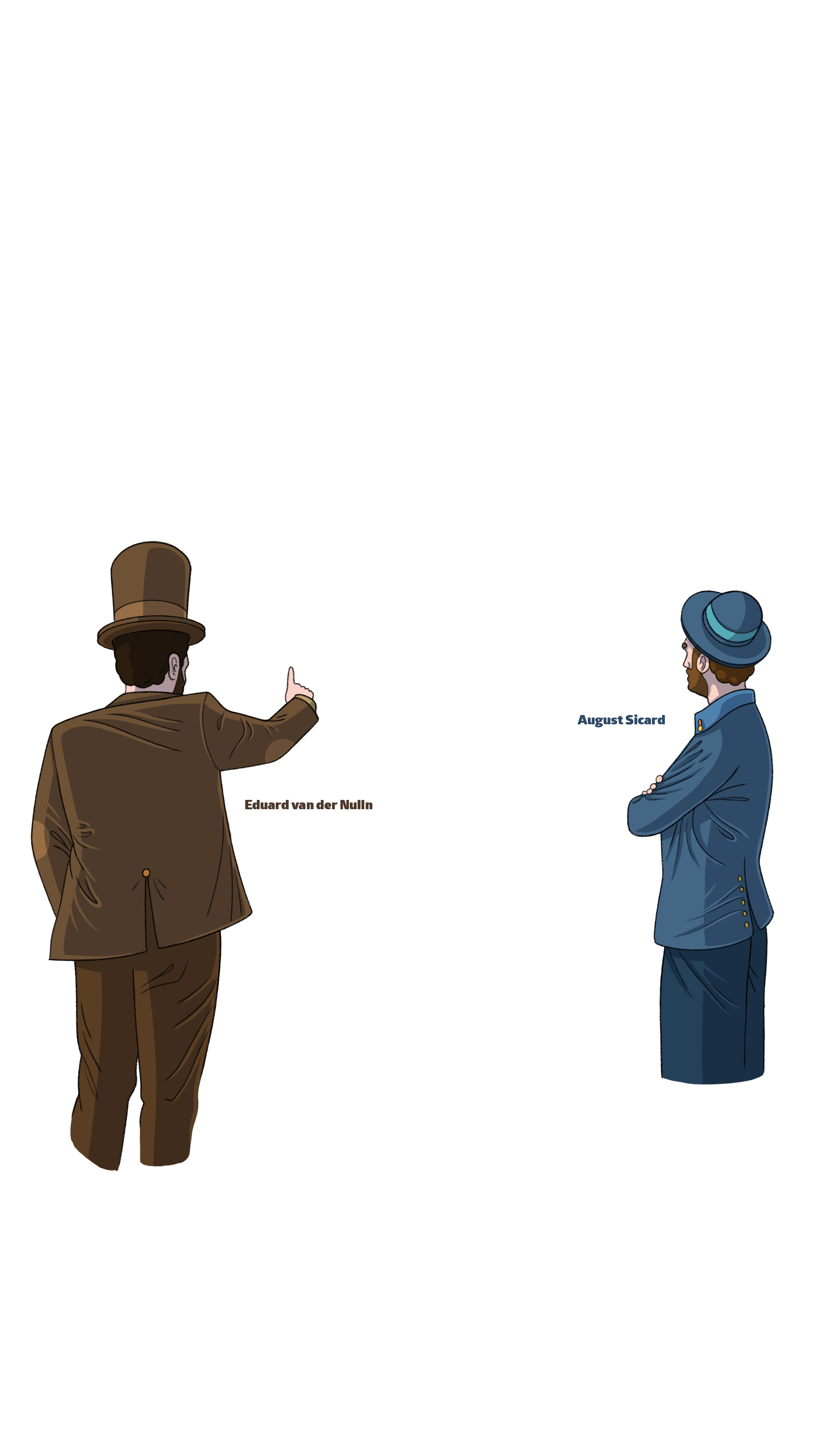
Architectural competition was announced for the construction of the Vienna Opera, in which the design of two domestic architects, Eduard van der Nüll and August Sicard, in the Italian Neo-Renaissance style, won.
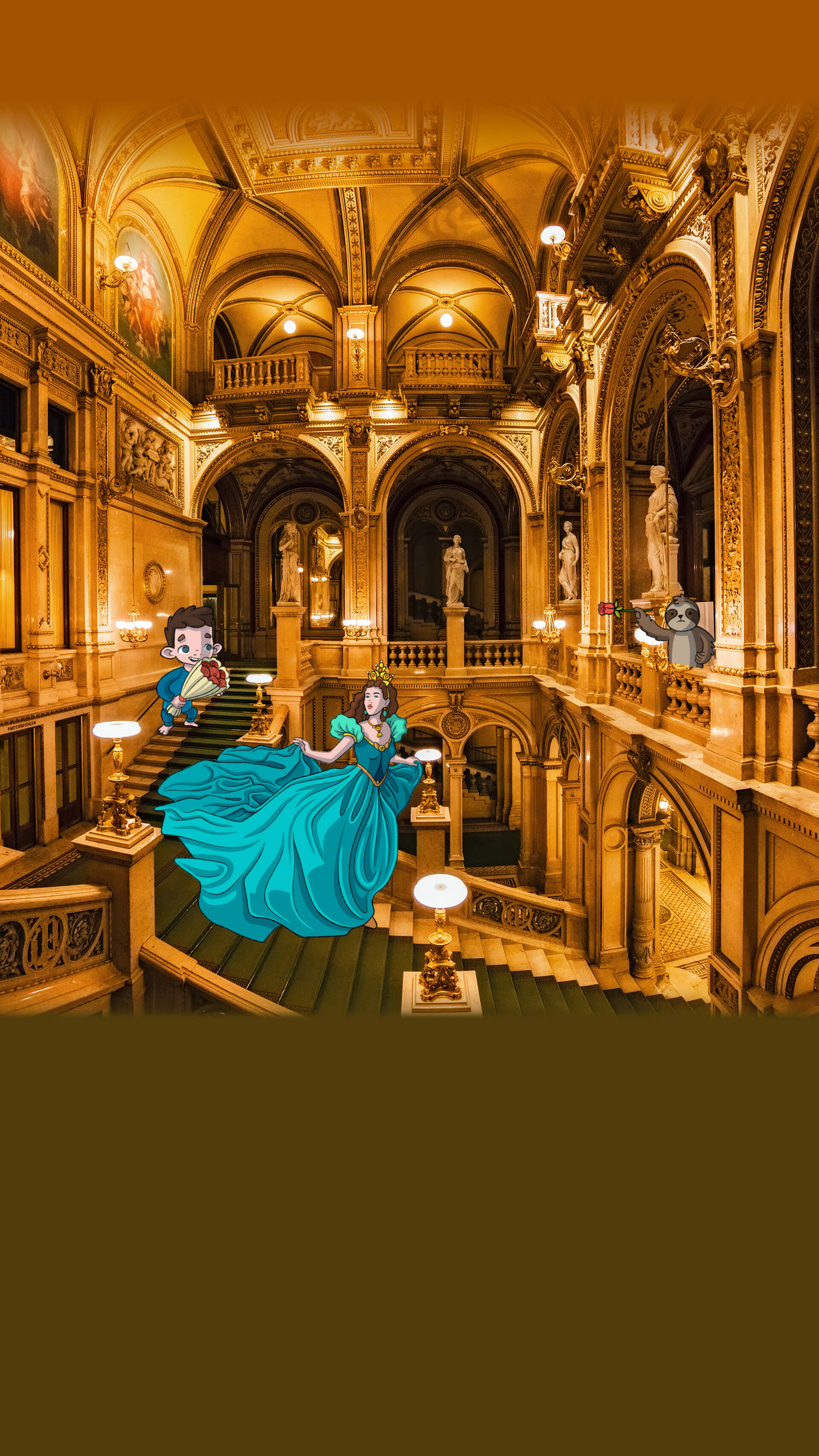

The new building began to write its history on May 25, 1869 with the premiere of Mozart opera Don Giovanni, which was personally attended by Emperor Francis Joseph I and his beautiful wife Sisi. However, neither of the architects survived this premiere. The Viennese did not like the opera house, because its monumentality and dignity did not stand out enough, so the architects had to modify its façade several times.



During World War II, the building became the target of the US Air Force and the opera house was severely damaged by fire. After the war, there were long discussions about whether to demolish or rebuild the badly damaged building.
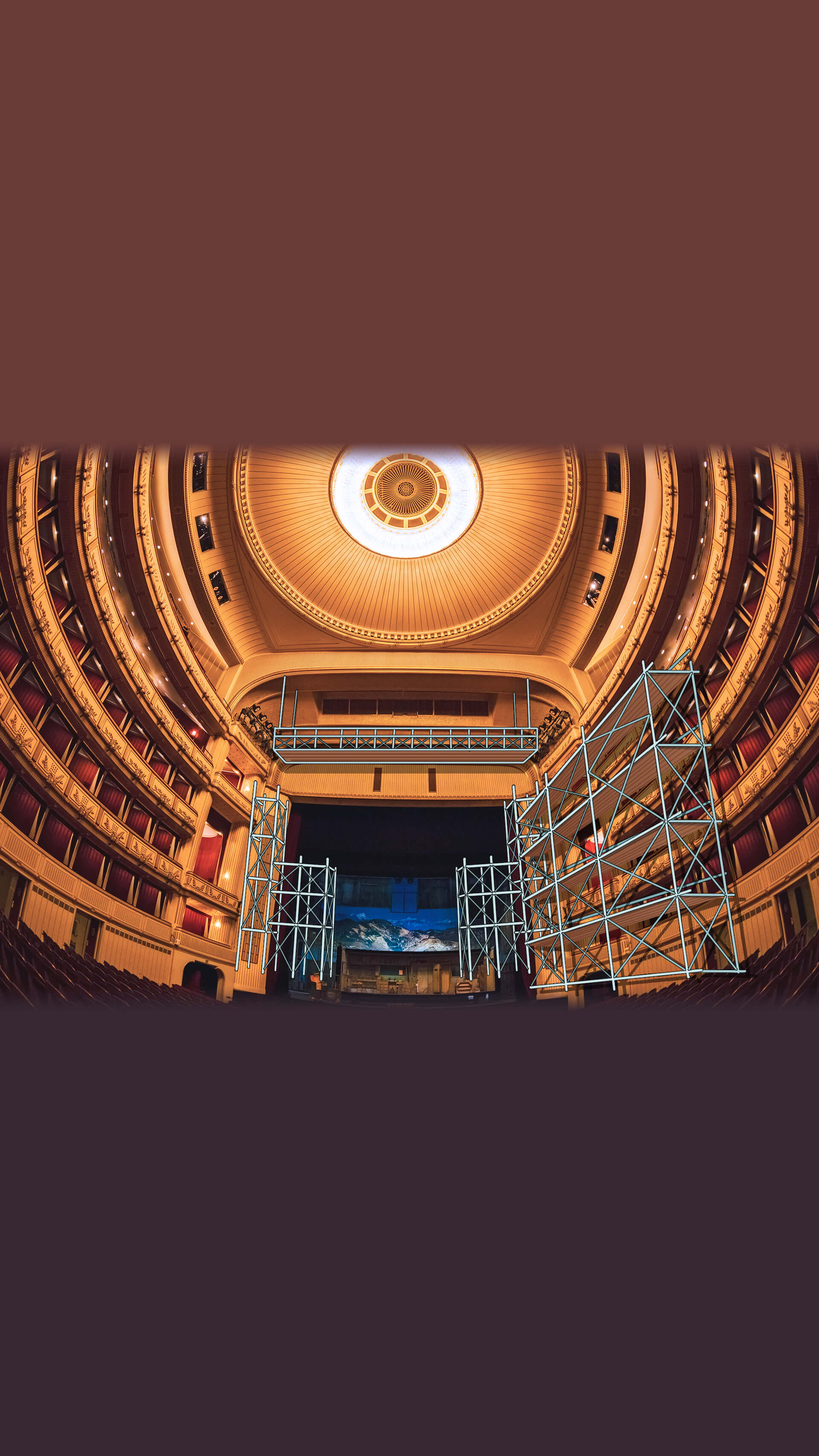

In the end, however, the reconstruction was pushed through, to a form close to the original state. The theatre was reopened in 1955 with the performance of the opera Fidelio by Ludwig van Beethoven.



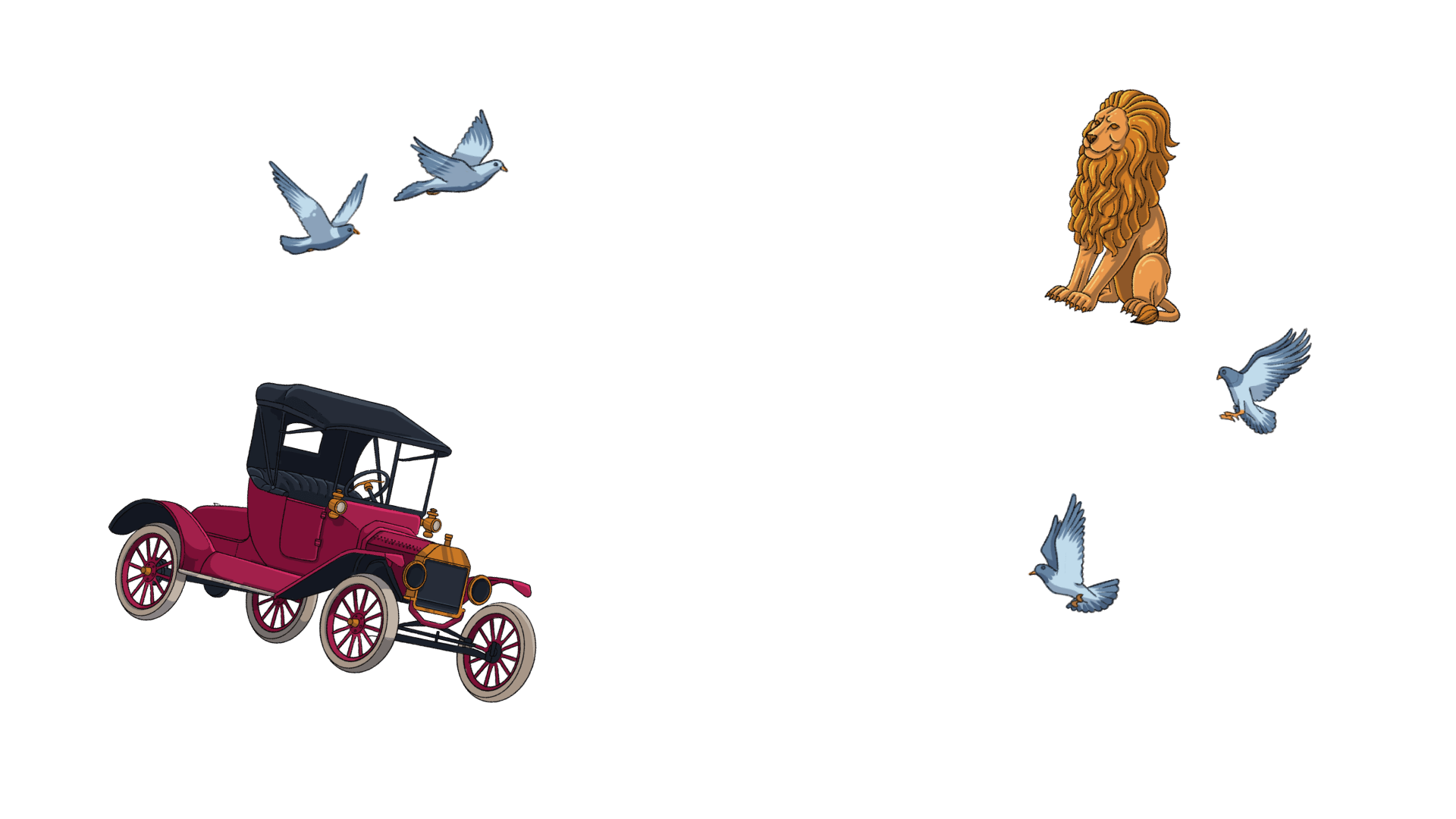




It is no coincidence that one of the most famous galleries in London is named after Queen Victoria of England and her husband, Prince Albert. It was Queen Victoria who initiated the construction of this museum and she directly approached the architect Sir Aston Webb, with whom she already had personal experience of working on the main façade of Buckingham Palace, the seat of the Queen of England.
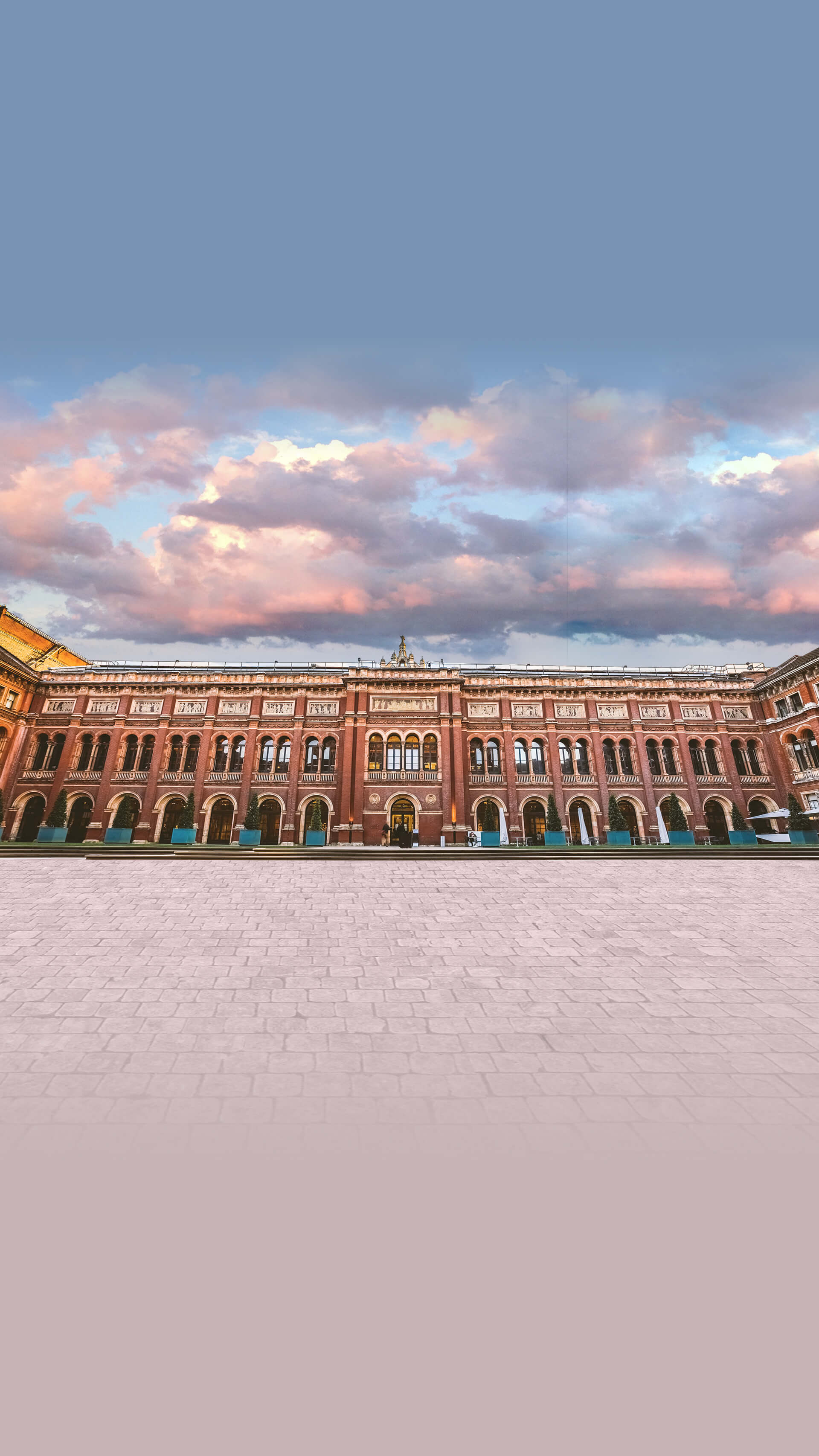

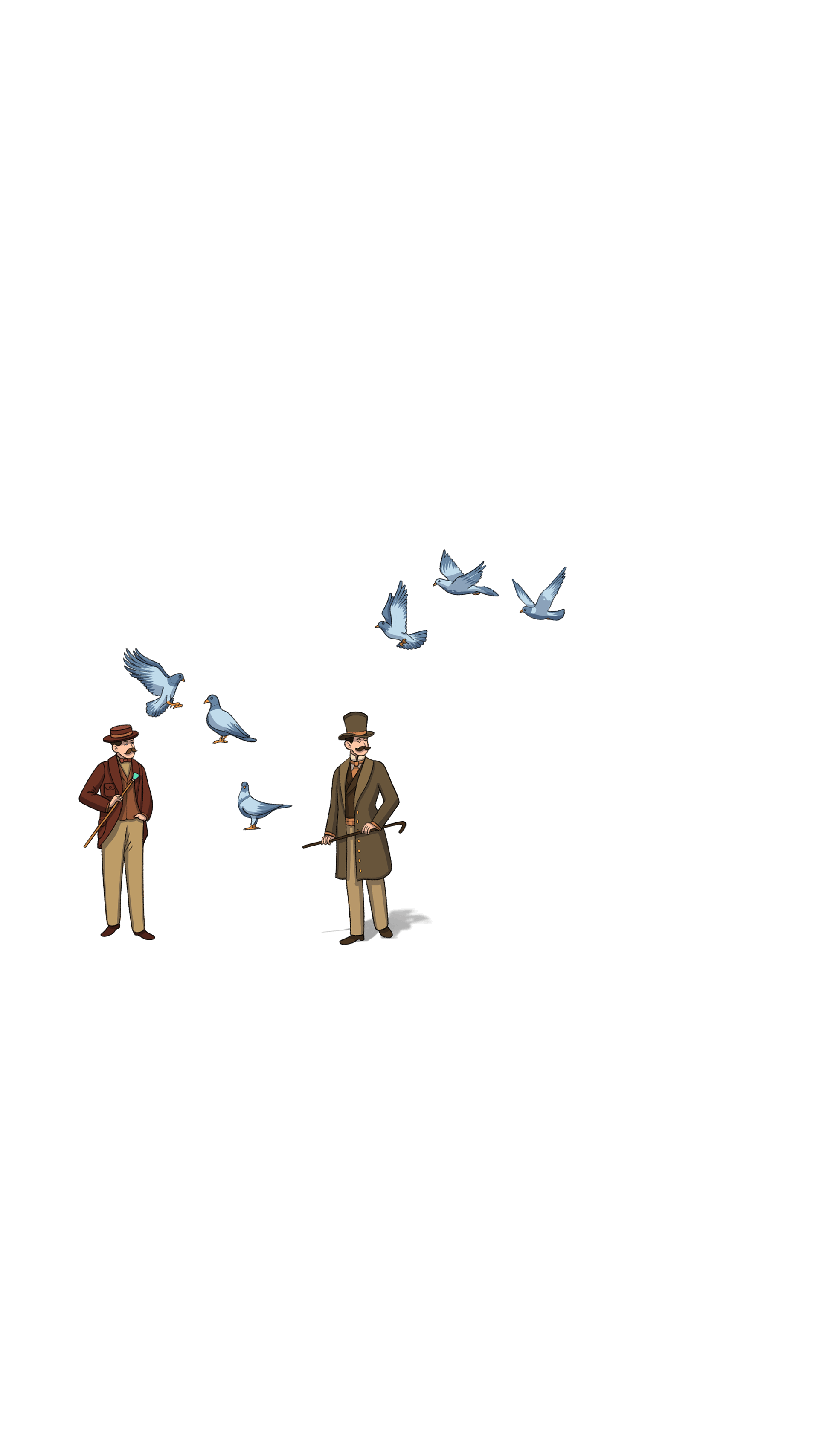
The fact that inspired the Queen to have a museum built was that in 1852, an exhibition on the British achievements of the Industrial Revolution was held at Crystal Palace in London, which was a huge success and attracted many foreign visitors to London.
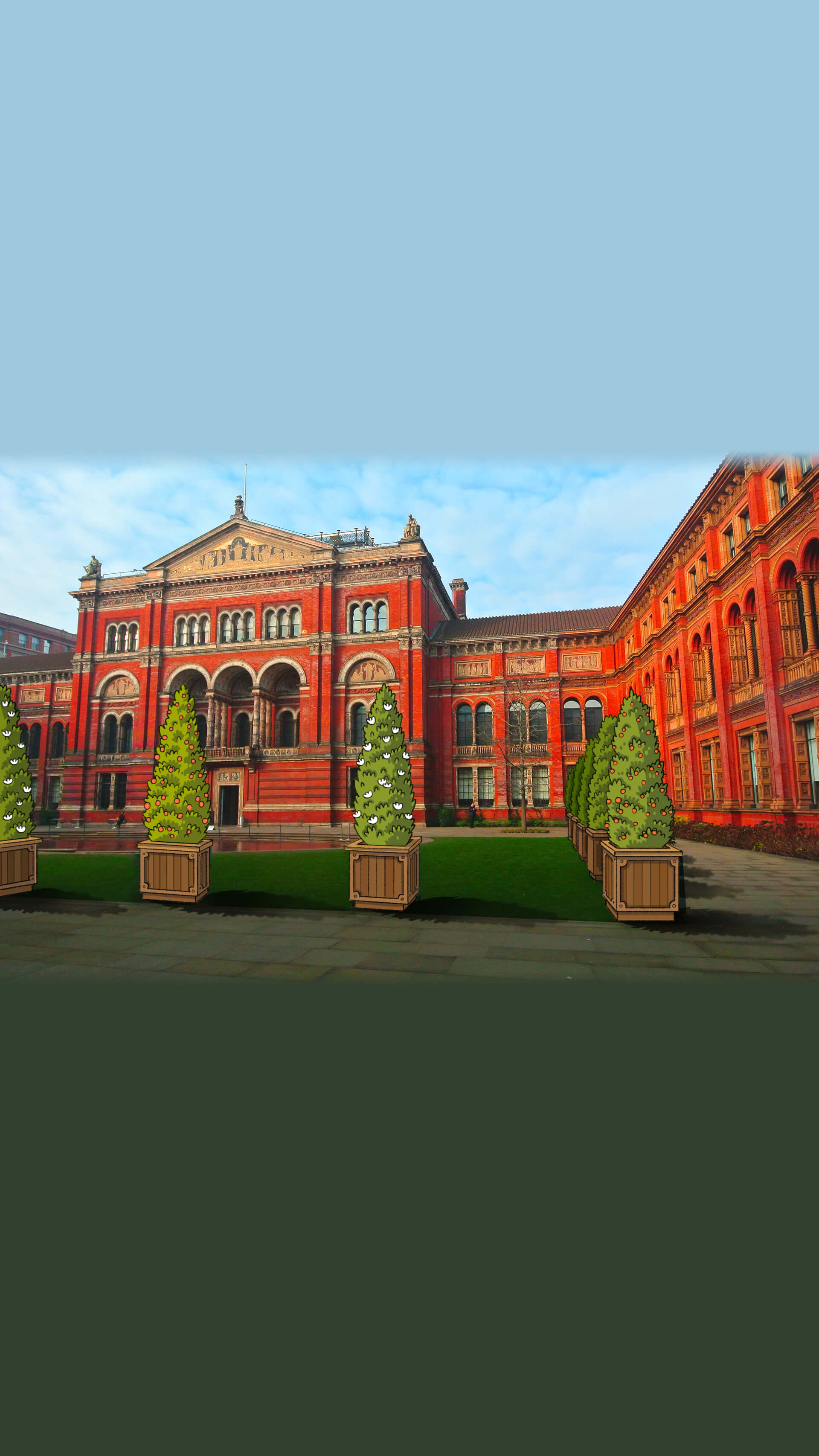

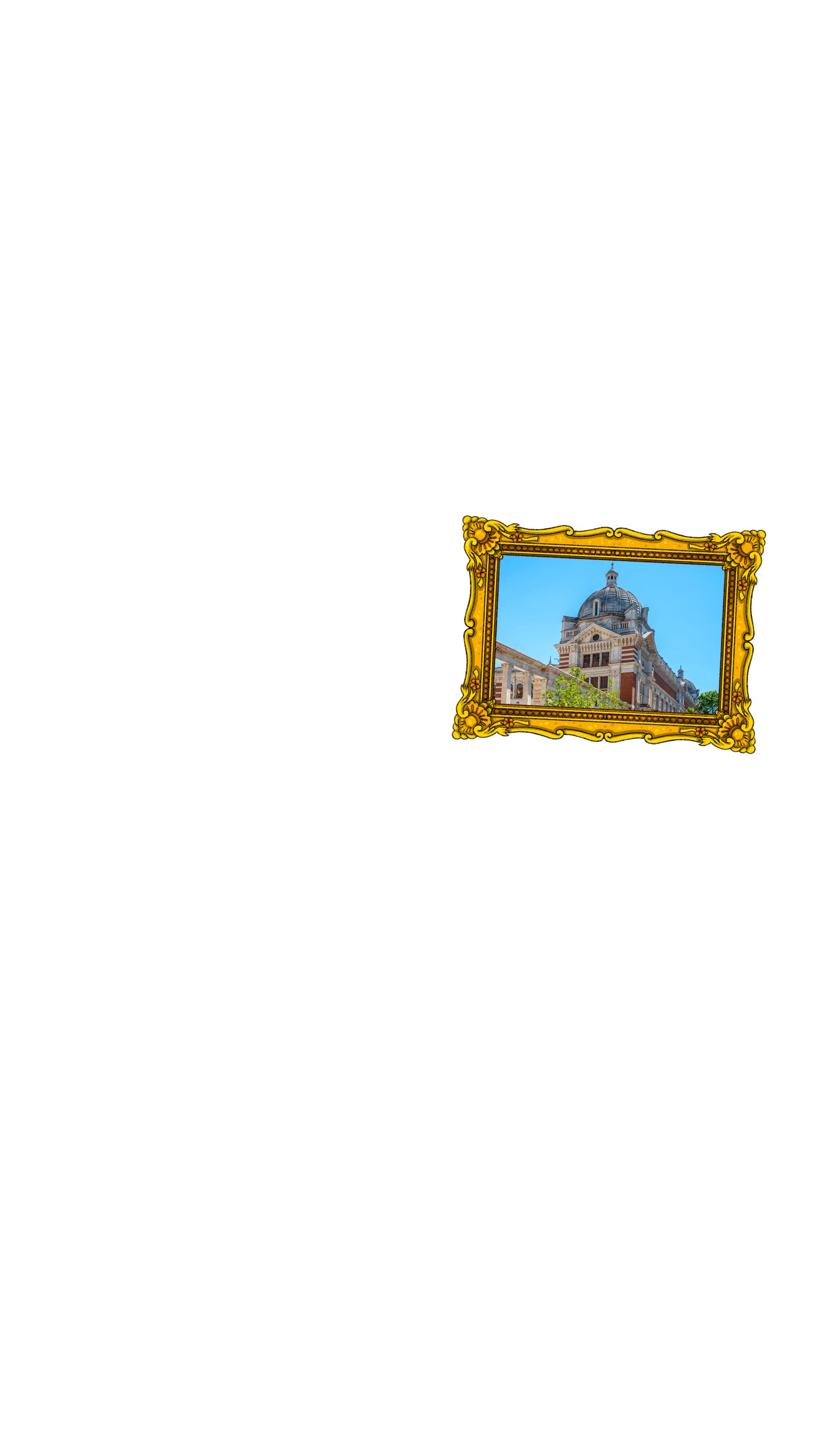
A typical element of the museum building is the dome, whose shape and decoration are inspired by the royal crown and there are also statues of Queen Victoria and her husband, Prince Albert in front of the main entrance. The building counts among the most architecturally significant works of the so-called Victorian architecture. Its typical elements are the use of red bricks and Portland stone on the facade.
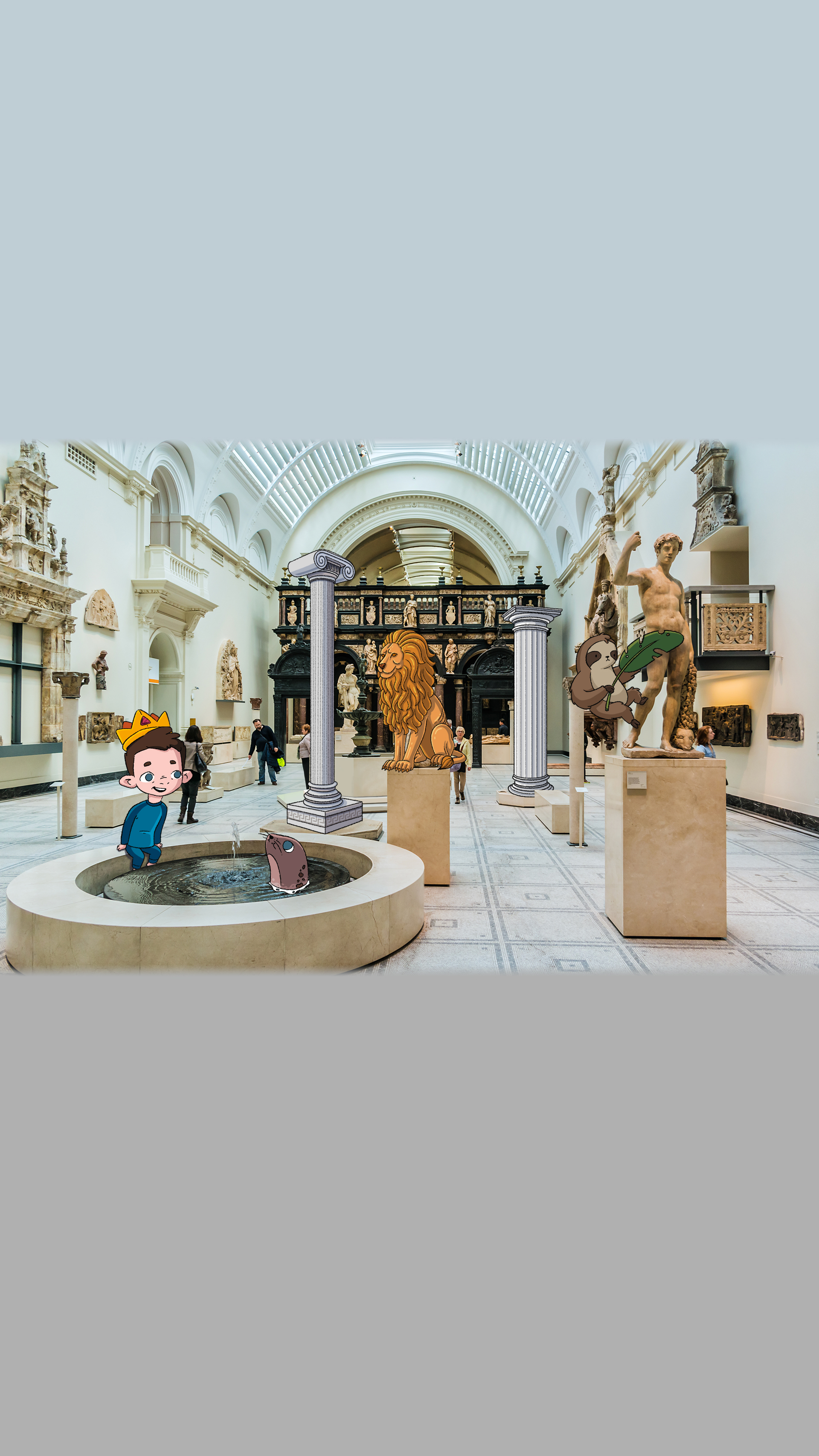
The museum exhibits various collections of works of art from around the world, including paintings by Rafael, or a replica of a statue of David by Michelangelo. But there is also, for example, the oldest English fork, made in 1632.






Which world-renown theatre features a Marc Chagall painting on the ceiling above the auditorium?
Royal Opera House, London
State Opera building in Vienna
Paris Opera – Garnier






How many curtains are there between the auditorium and the stage at the National Theatre in Prague?
4 - white, blue, red, a purple
3 - iron, painted, and red velvet
2 – iron and dark blue






Which opera premiered in 1869 at the State Opera building in Vienna?
Mozart opera Don Giovanni, personally attended by Emperor Franz Joseph I. with his wife Sisi.
Puccini opera, Madame Butterfly, personally attended by king Luis XIV
Verdi opera, La Traviata, personally attended by king Charles IV










Catalan Palace of Music, Barcelona (ES)
Margravial Opera House, Bayreuth (DE)
Museo del Prado, Madrid (ES)
Vatican Museums, Vatican (IT)
National Gallery, London (UK)

Catalan Palace of Music, Barcelona, Spain The most interesting concert hall in Spain from this period is certainly the famous Catalan Palace of Music, built between 1905 and 1908 in Barcelona according to the design of the architect Domenech Lewis-a-Montarero. This is truly his most famous work that is a masterpiece. Today, the palace is already part of the UNESCO World Heritage List. At the time of its creation, the Palace of Music was one of the most modern buildings in Barcelona and featured well-known opera artists.
Catalan Palace of Music, Barcelona, SpainAmazing combinations of materials and architectural elements are used on the facade of the palace. It is mainly a combination of red bricks, iron, glazed tiles and glass stained windows. On the facade there are also reliefs and busts of Spanish and world composers. The concert hall is designed to make it possible to use natural lighting through large vaulted stained glass windows and a glass dome. The concert hall also has excellent acoustics, a fact appreciated by multiple conductors, musicians and composers.
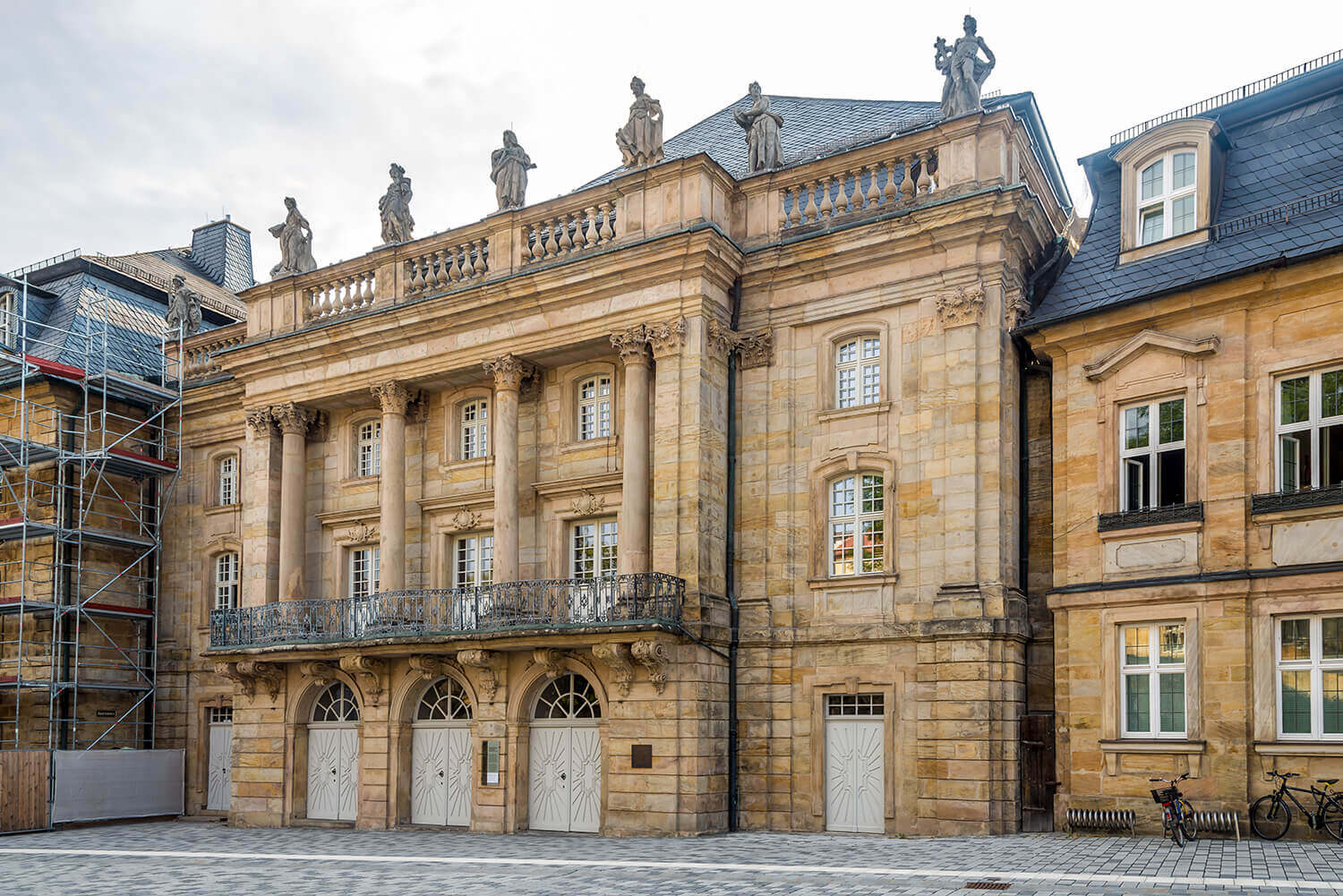
Margravial Opera House, Bayreuth, GermanyThe masterpiece of Baroque theatrical architecture was built between 1745 and 1750. Its construction was initiated by Margravine Wilhelmine, wife of Frederick, Margrave of Brandenburg-Bayreuth. The opera house has a capacity of 500 spectators and is 71.5 m long, 30.8 m wide and 26.2 m high. It was designed by renowned theatre architect Giuseppe Galli Bibien. Only the stone façade with large columns is the work of the French architect Joseph Saint-Pierre.
Margravial Opera House, Bayreuth, GermanyThe bell-shaped auditorium is lined with three rows of lodges, which are richly decorated with a wood structure and painted canvases. Thanks to the canvases, the architect achieved excellent acoustics in the theatre and made the entire interior of the theatre more pleasant.

Museo del Prado, Madrid, Spain The renowned Prado Museum was built in 1785 by the ruler Charles III. according to design of architect Juan de Villanueva. Originally, it was supposed to be a museum of natural sciences, where the area also had a botanical garden and various laboratory buildings. However, it was not completed until 1819 during the reign of Ferdinand VII, who allegedly decided to change it at the urging of his wife Isabella, and instead of a museum of natural sciences, they set up a gallery called the Royal Museum of Painting and Sculpture. Fortunately, botanical garden was also built. The Prado building is one of the most remarkable examples of Spanish classicist architecture.
Museo del Prado, Madrid, SpainThe building has the shape of an elongated rectangle. Prado alley winds around the west side and south of the building is featuring the botanical garden. The most beautiful feature of the building is the northern façade with two columns, with an entrance staircase and two lateral ramps. A staircase leads to the spacious rotunda. There is a rich sculptural decoration on the building façade. A few years ago, the construction of a new wing was completed, the author of which is the Spanish architect Rafael Moneo, thanks to which the exhibition area of the museum was expanded by more than half and at the same time underground corridors connecting the individual pavilions of the gallery were built.

Vatican Museums, Vatican, Italy The Vatican Museums are among the largest museum complexes in the world and one of the most beautiful buildings of Italian Renaissance art with a reference and inspiration to the architecture of antique Rome. The Vatican is both a state and a city in one, and it is the smallest sovereign state in the world. It is located in the heart of Rome and is the seat of the Pope. The complex of museums consists of several Vatican palaces, built on the ruins of antique architecture and since the 13th century have been gradually completed and reconstructed. Originally, all areas of today's museum served the needs of the church.
Vatican Museums, Vatican, ItalyThe first museum was established in the 18th century under the patronage of Pope Clement XIV. and Pius VI, who had a great interest in art and decided to make the church's art collections accessible to the general public. Further expansion took place in the 19th century during the pontificate of Pope Pius VII. Gradually, this tradition was continued by other popes, who also opened other areas of the Vatican and gradually established more and more museums, such as the Etruscan, Egyptian, Christian museum, etc. The museums cover an area of 55,000 square meters, but not all of them are open to the public. The Vatican Museums are the fifth largest in the world. They consist of up to 10,000 rooms and chapels, 20 courtyards and 300 staircases.
Vatican Museums, Vatican, ItalyThe Vatican Museums also include the famous Sistine Chapel, which was completed in the 15th century and is mainly famous for the frescoes "Creation of Adam" or "The Last Judgment" by the famous Italian artist Michelangelo. The Sistine Chapel, together with other Vatican architectural monuments, has been inscribed on the UNESCO World Heritage List since 1984 and still holds a conclave (election of a new pope).

National Gallery, London, United KingdomThe National Gallery of London was built in 1838 on Trafalgar Square according to the design of architect William Wilkins. The building façade is facing the square, but only the west wing served as an exhibition space. The Royal Academy was located in the east wing.
National Gallery, London, United KingdomOver time, however, spatial capacities of the west wing were no longer sufficient for the requirements of the gallery, and therefore its completion was considered, which took place in 1872 to 1876 and added another wing in the Neo-Renaissance style with a large octagonal gallery. In 1991, the gallery's premises were expanded again and the completion was designed by architects Robert Venturi and Denis Scott Brown in the spirit of postmodernism.

